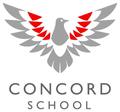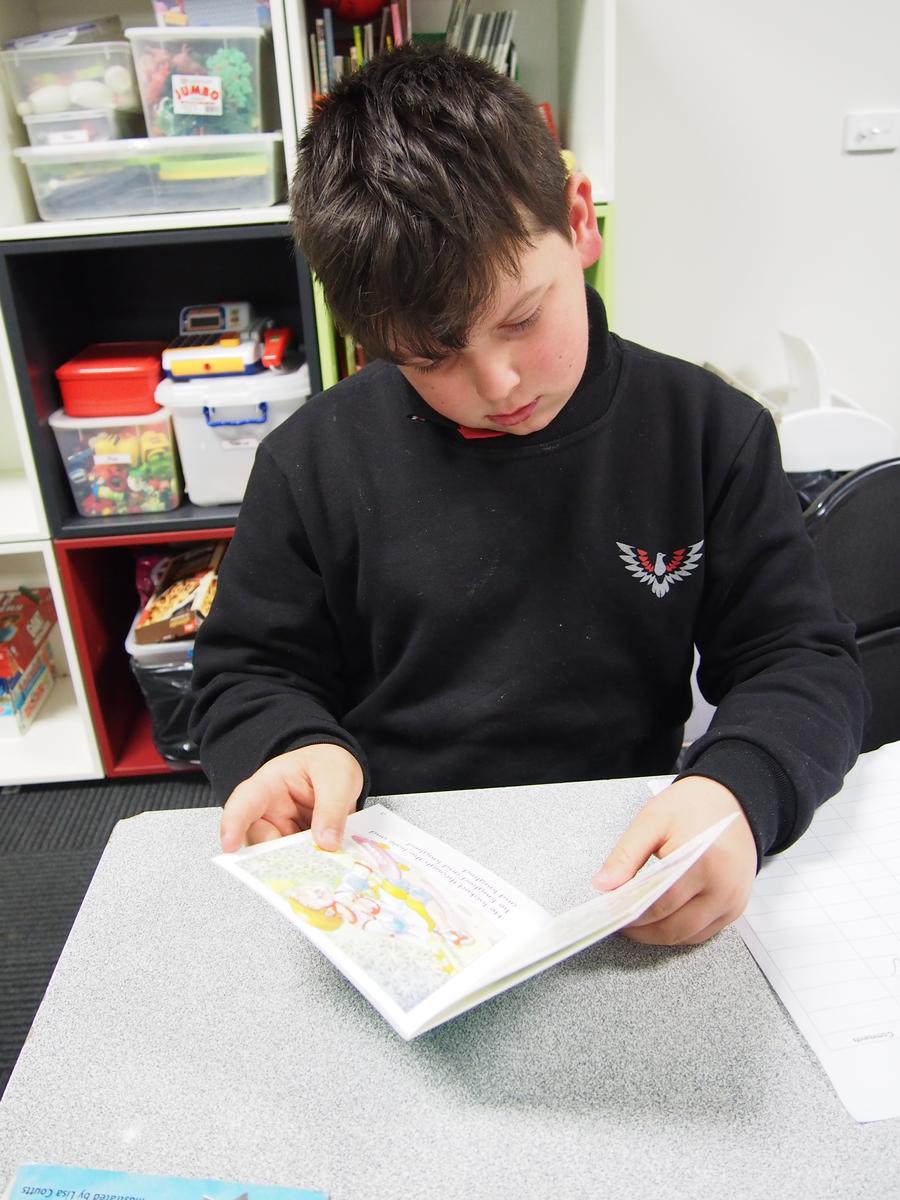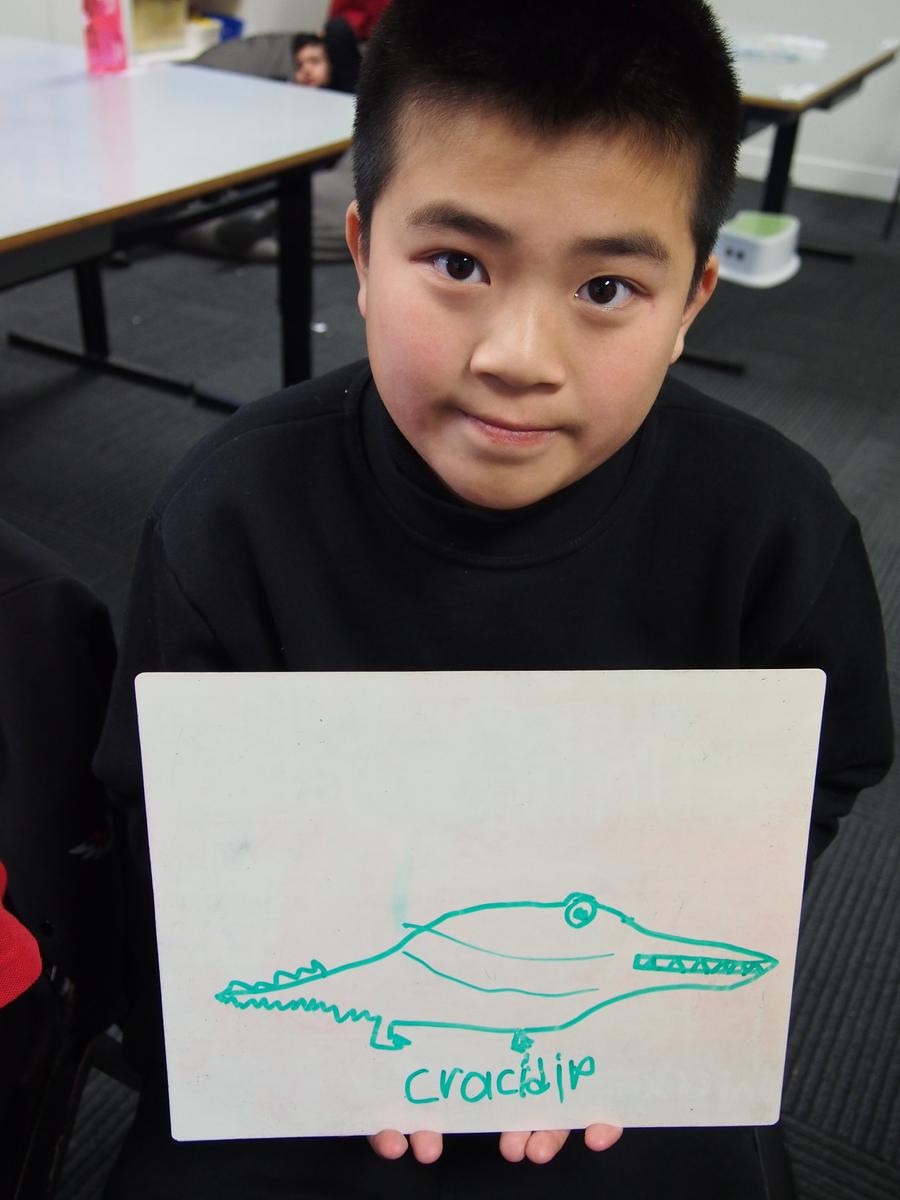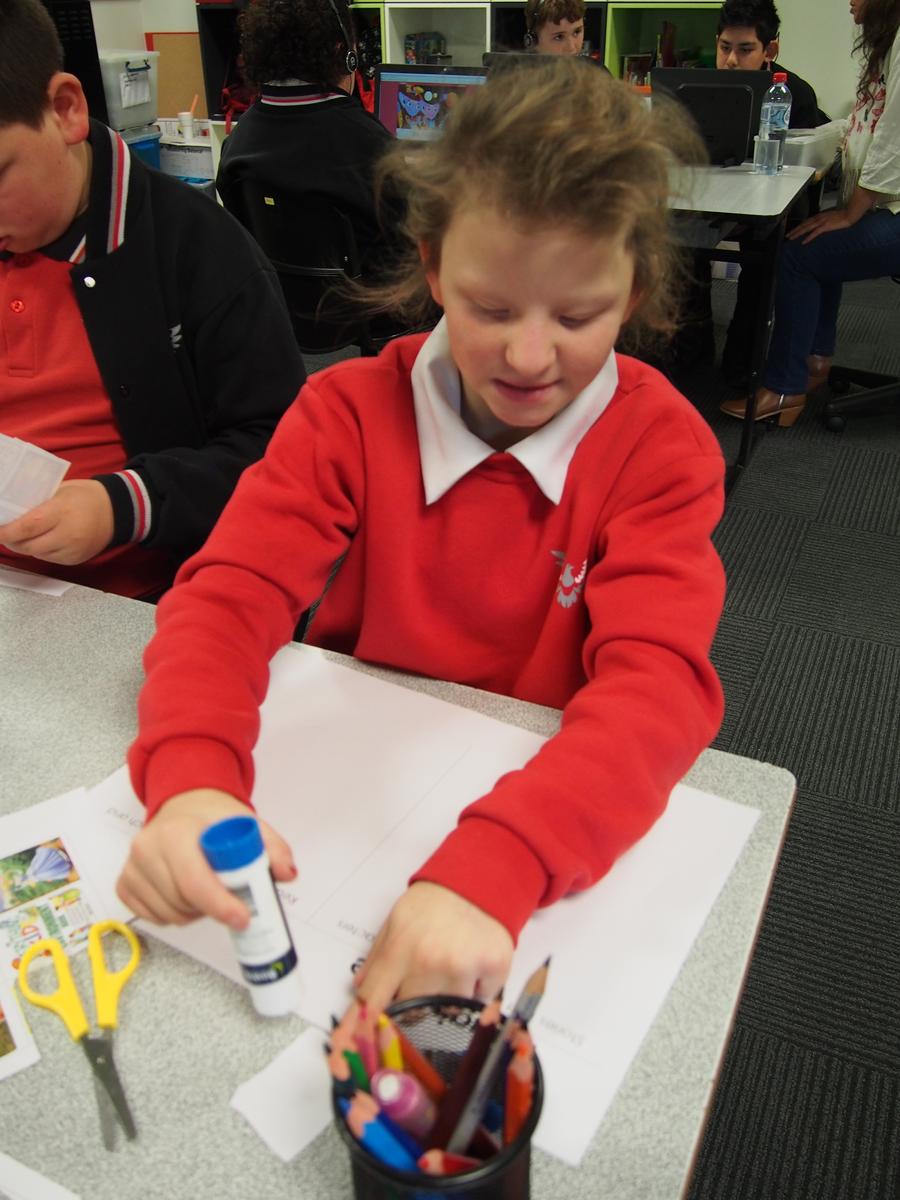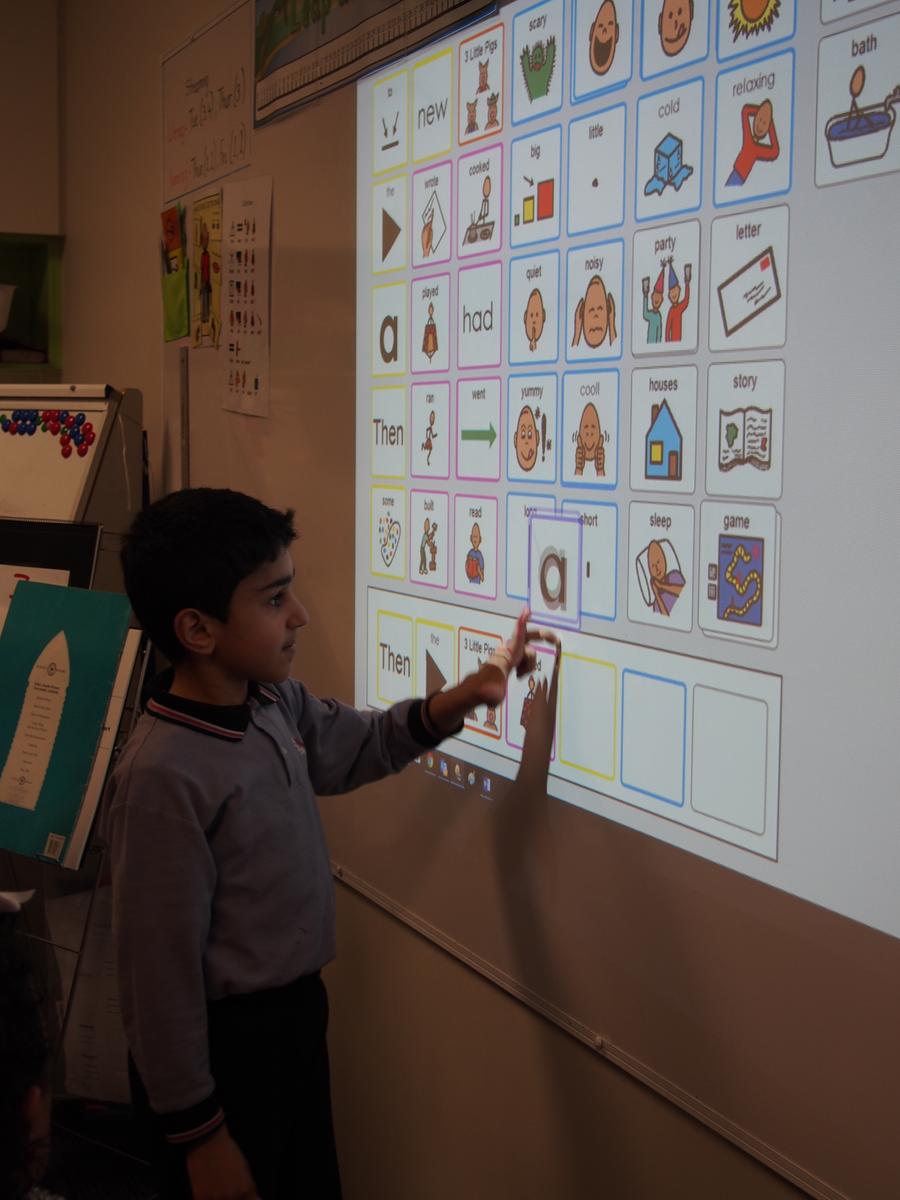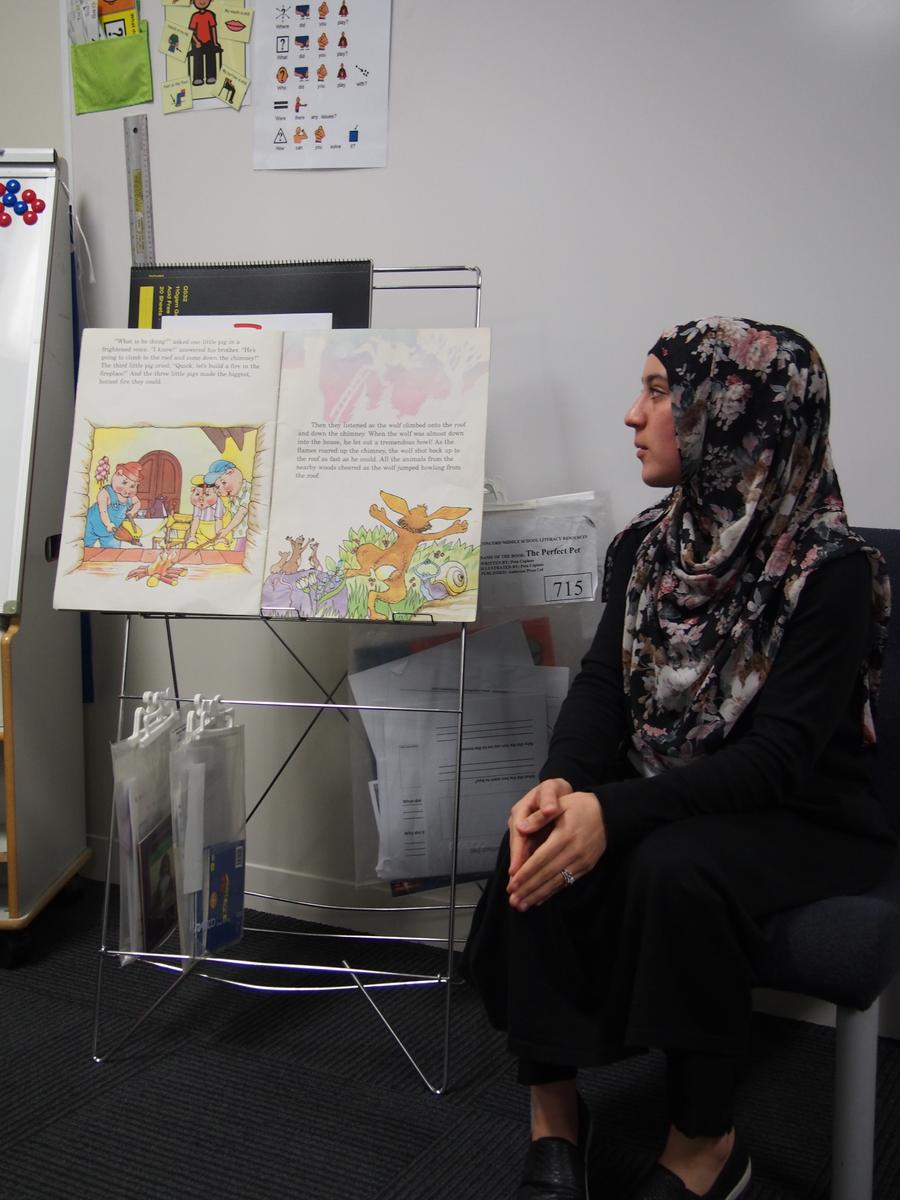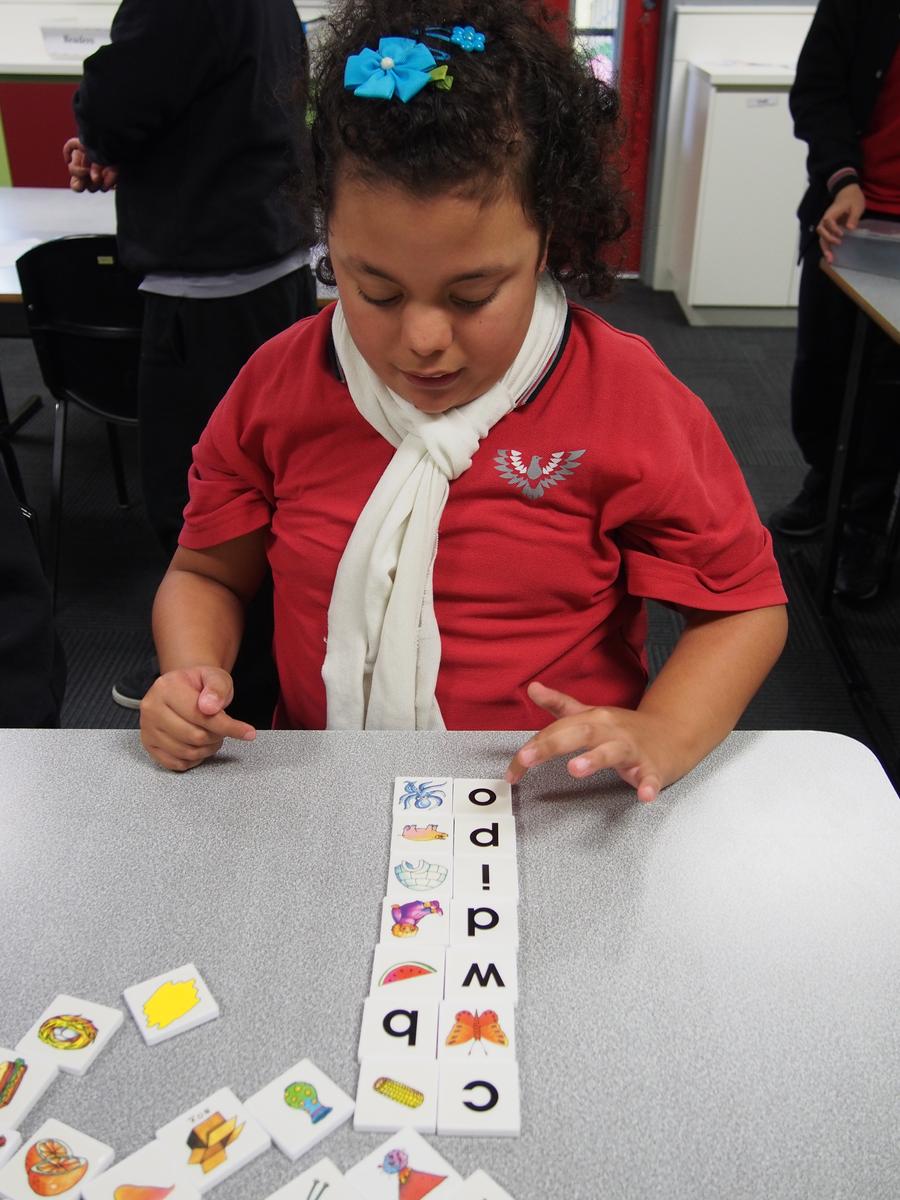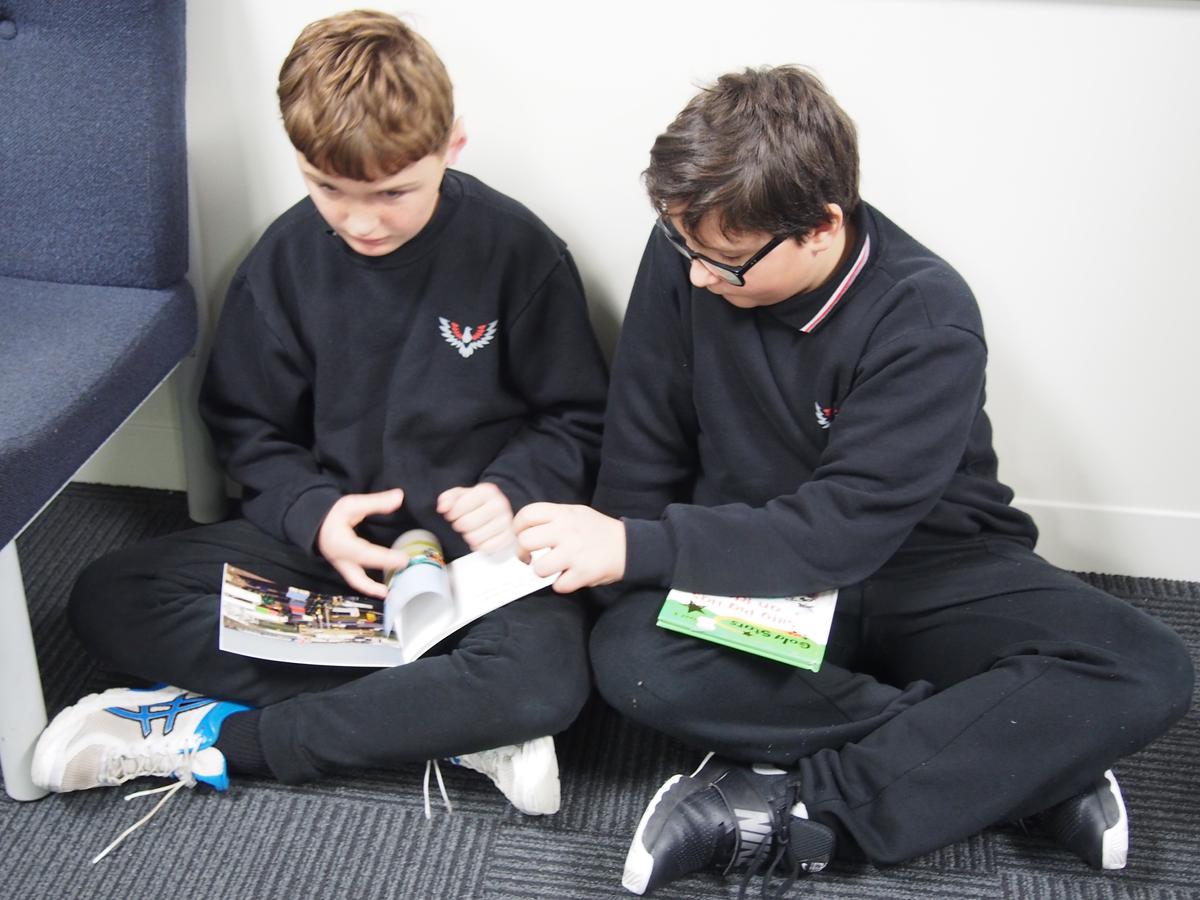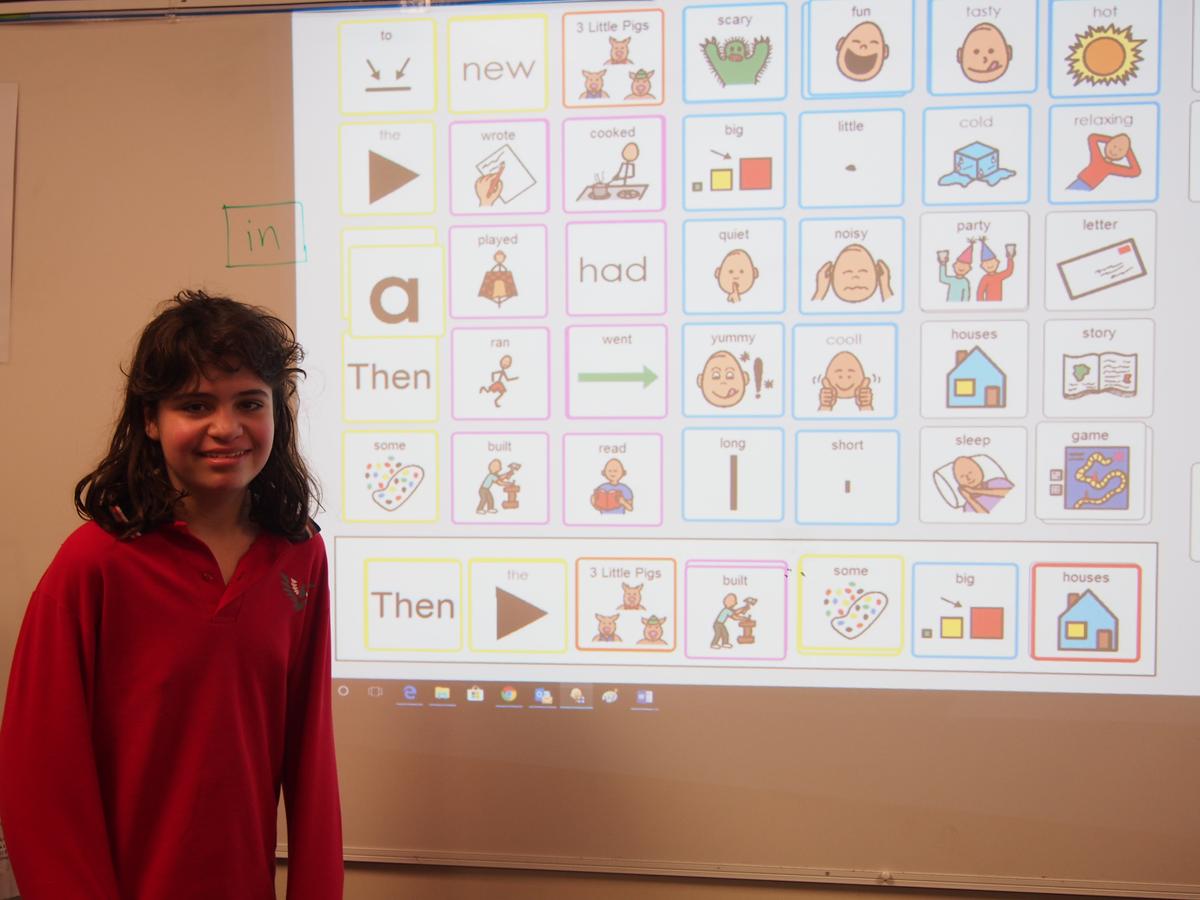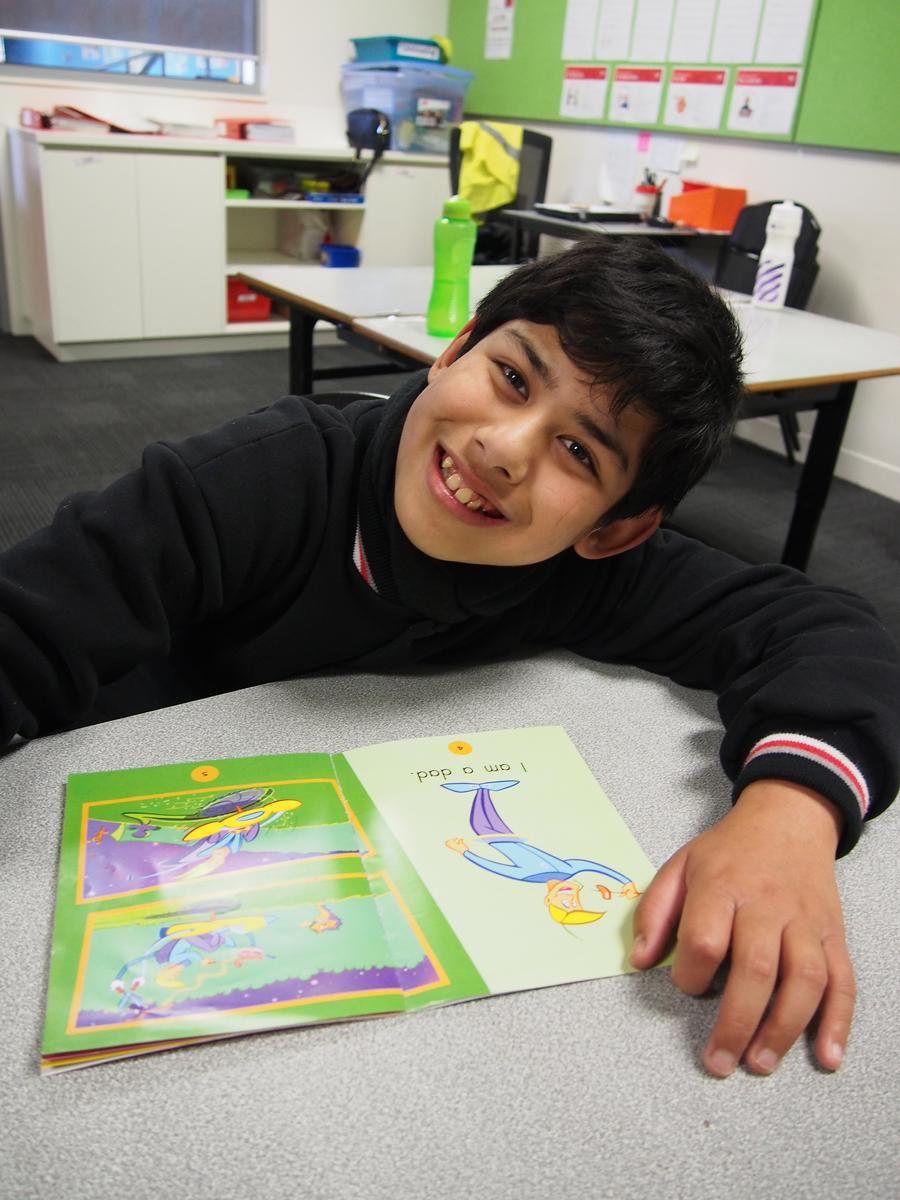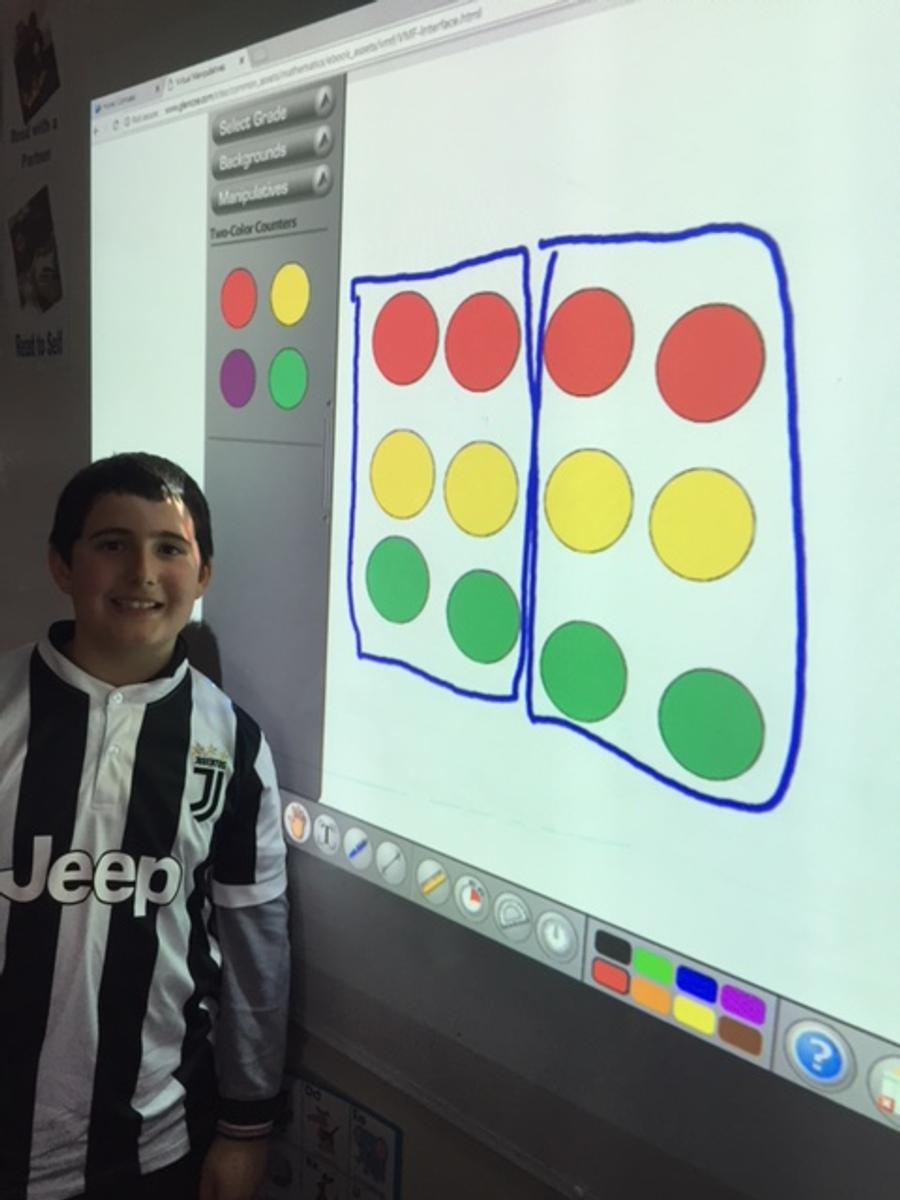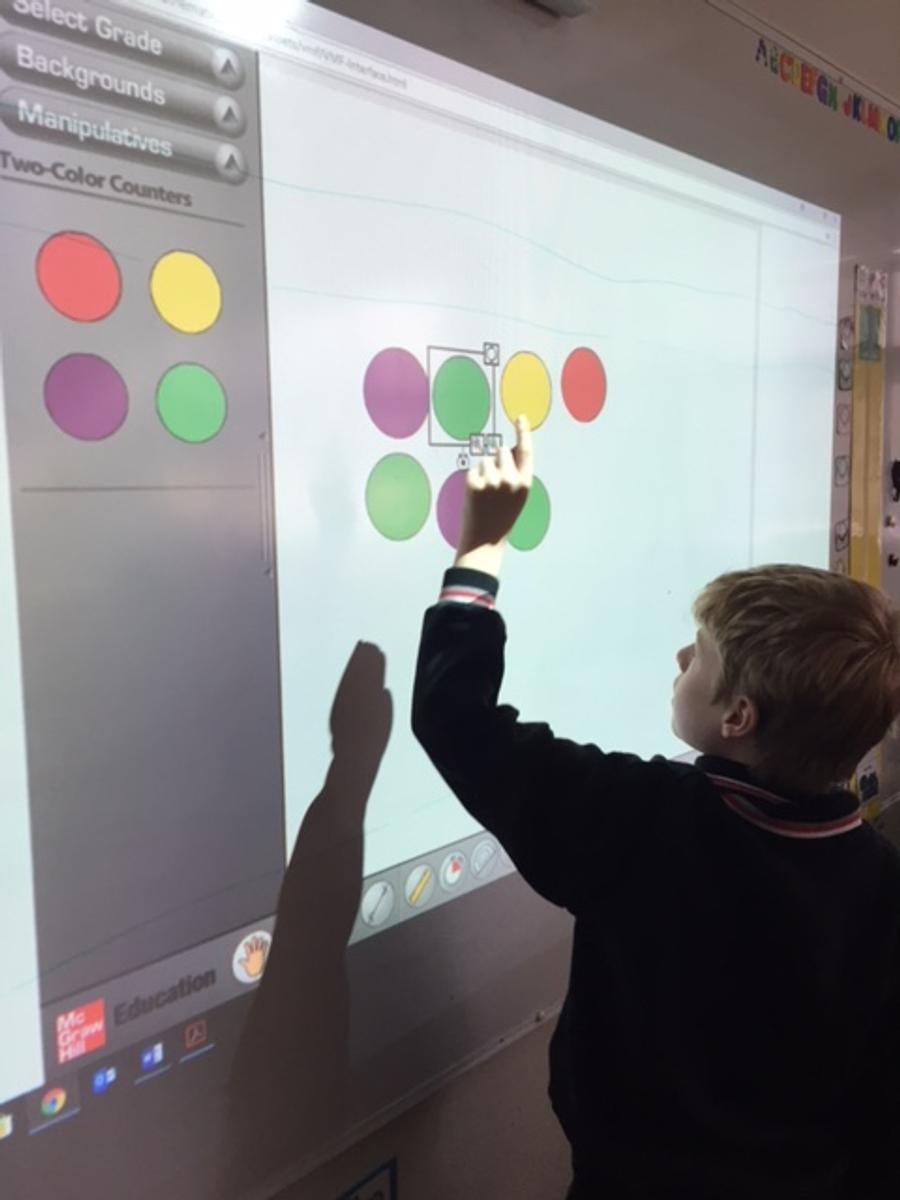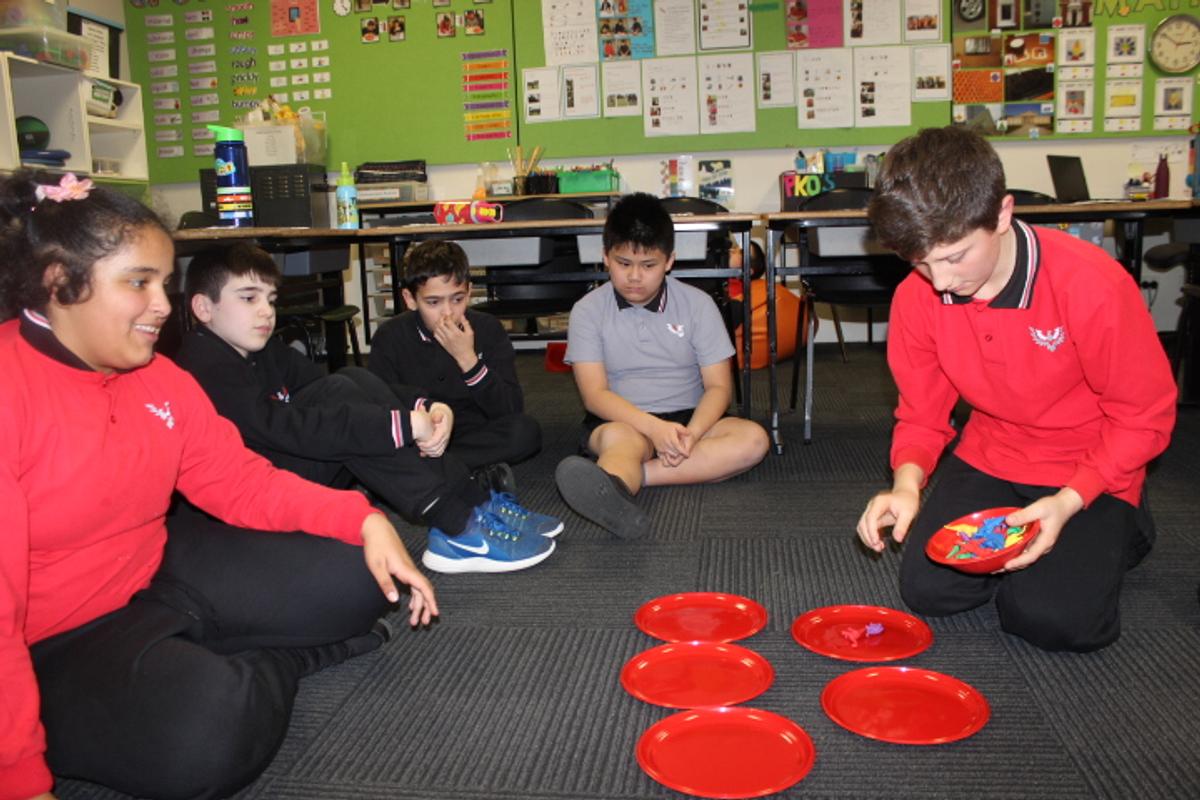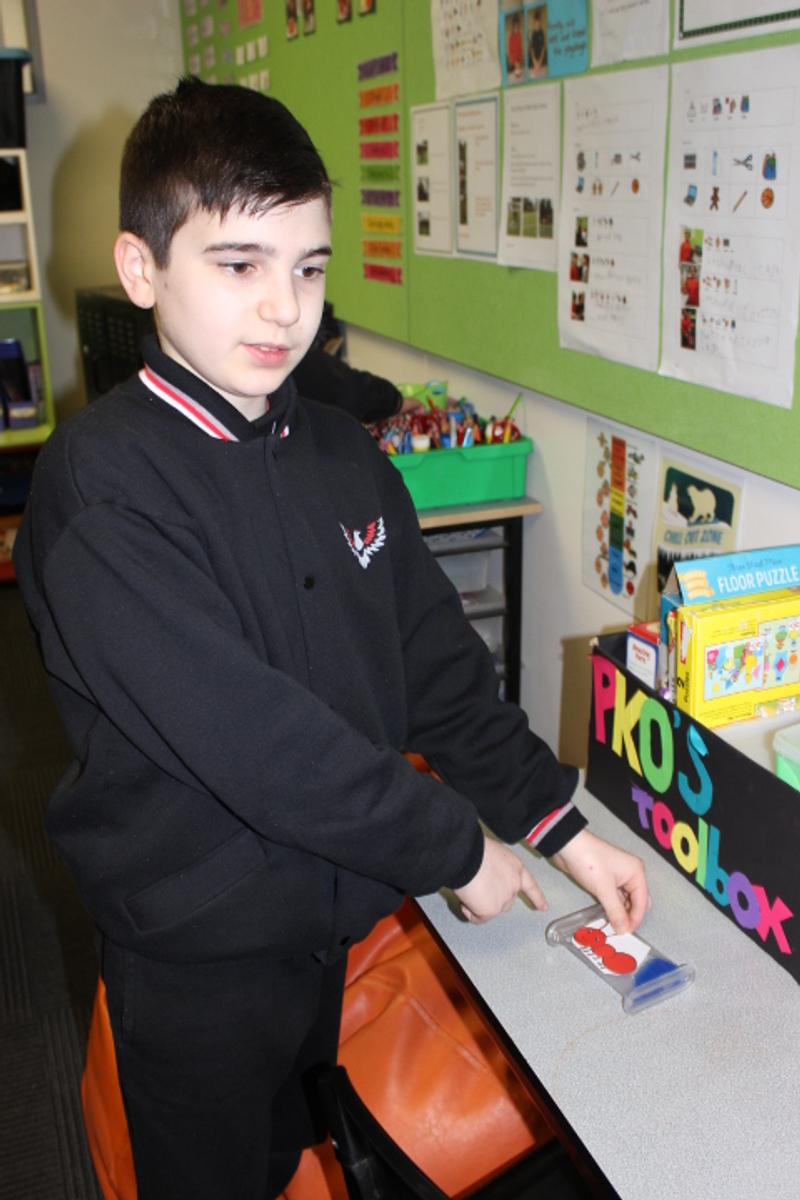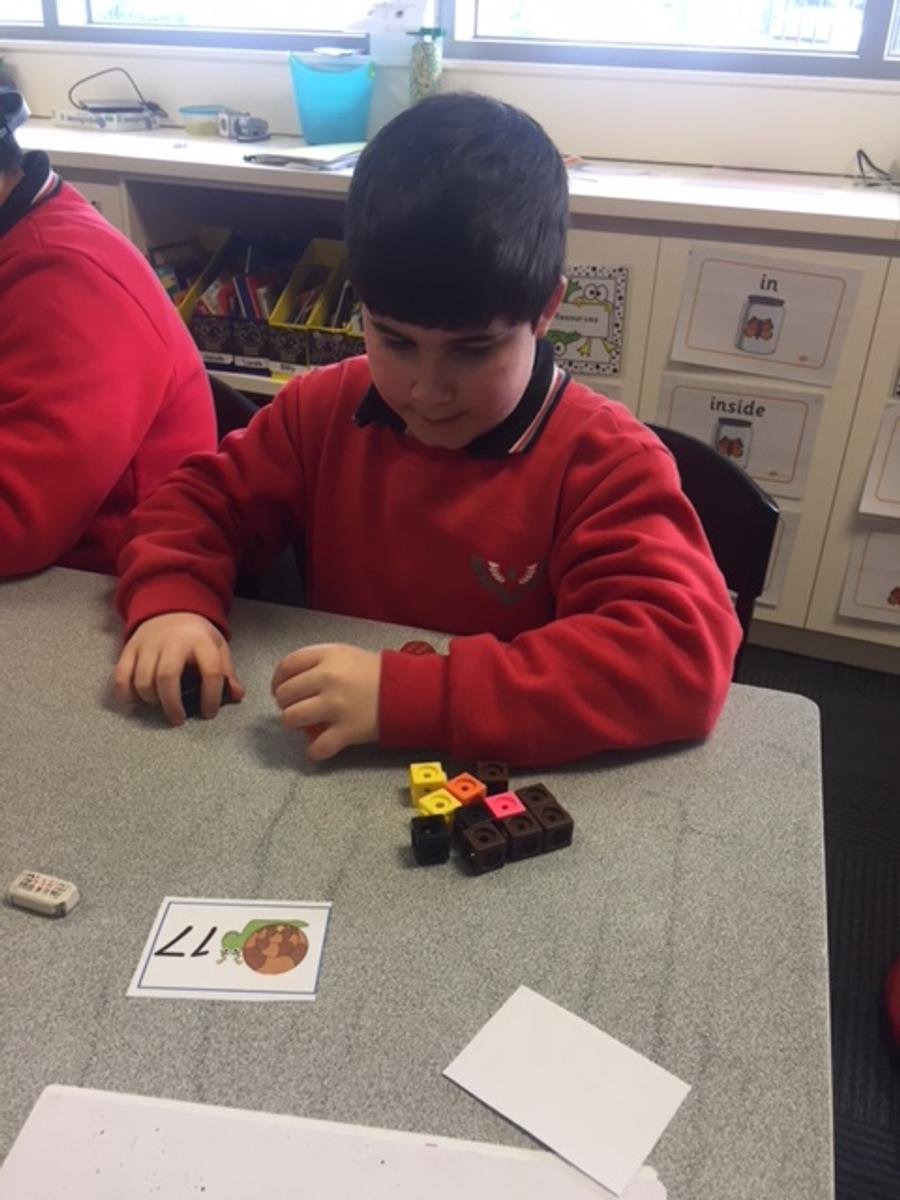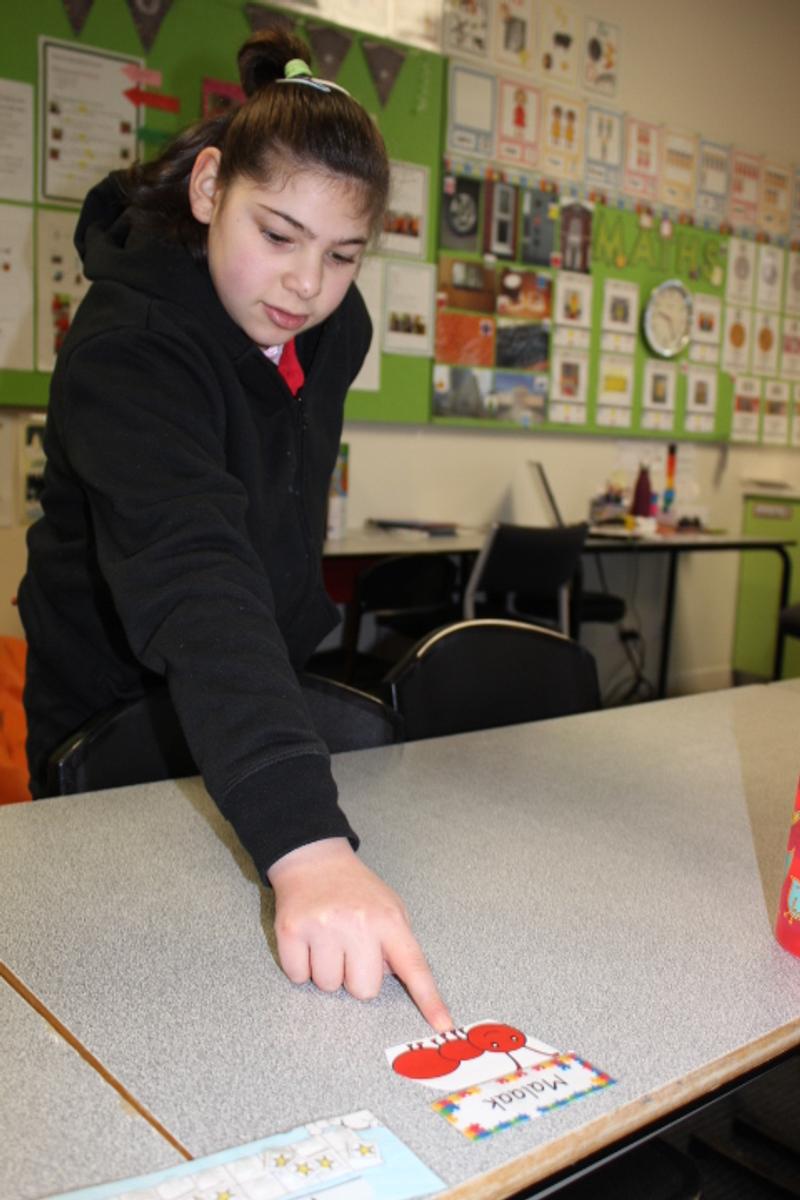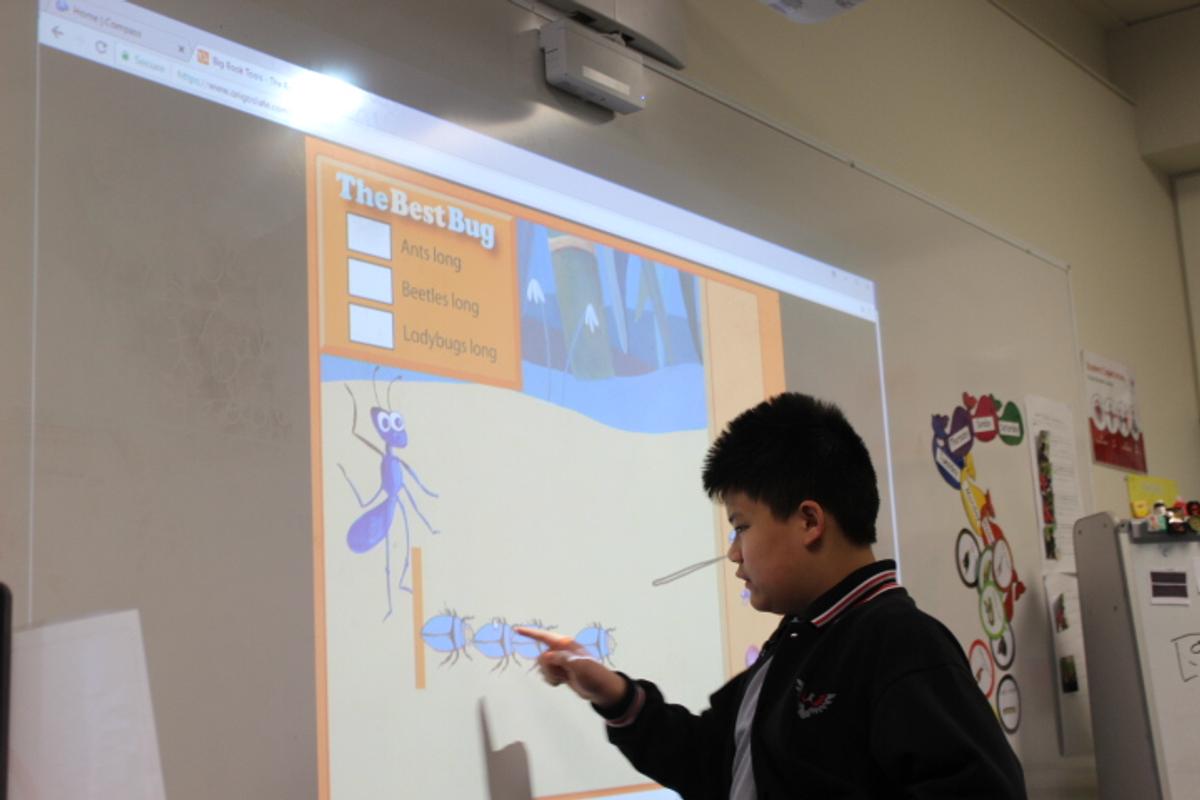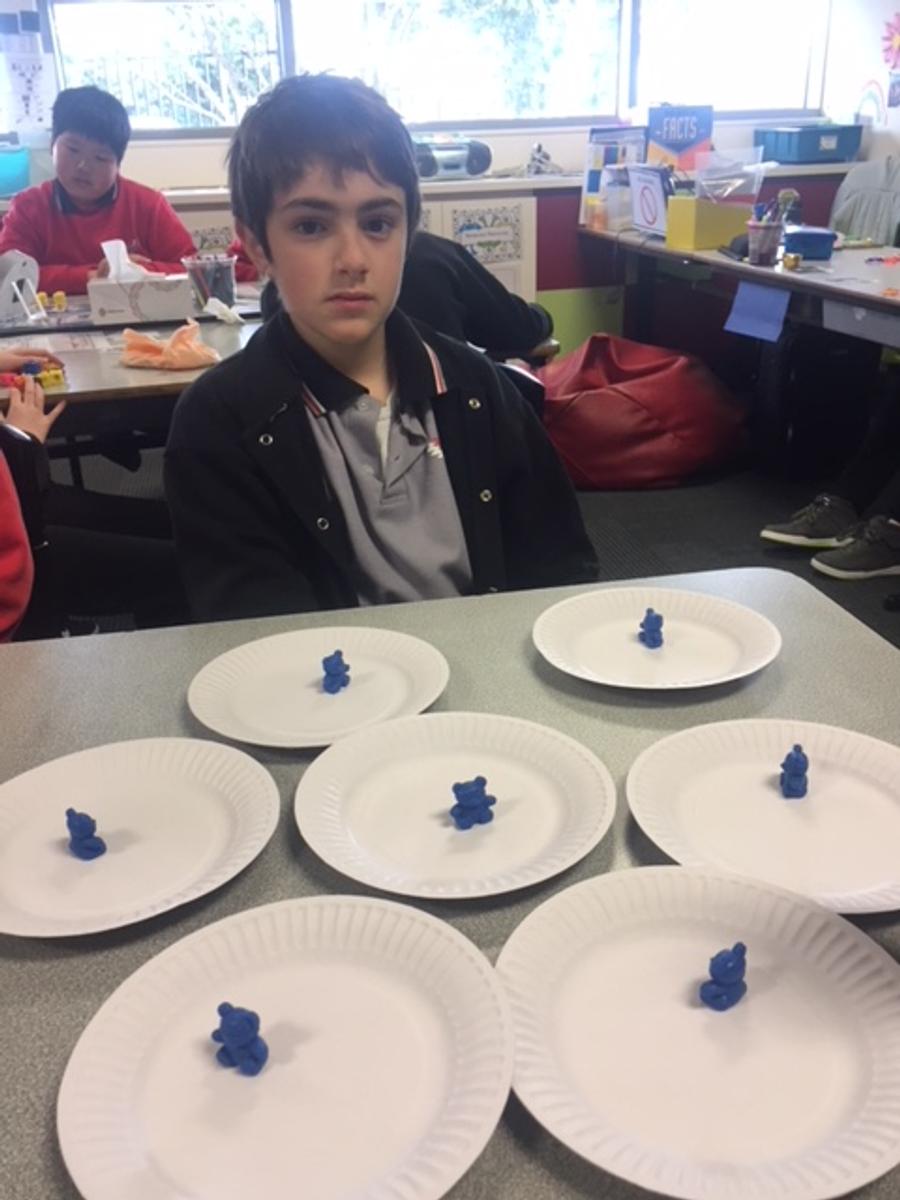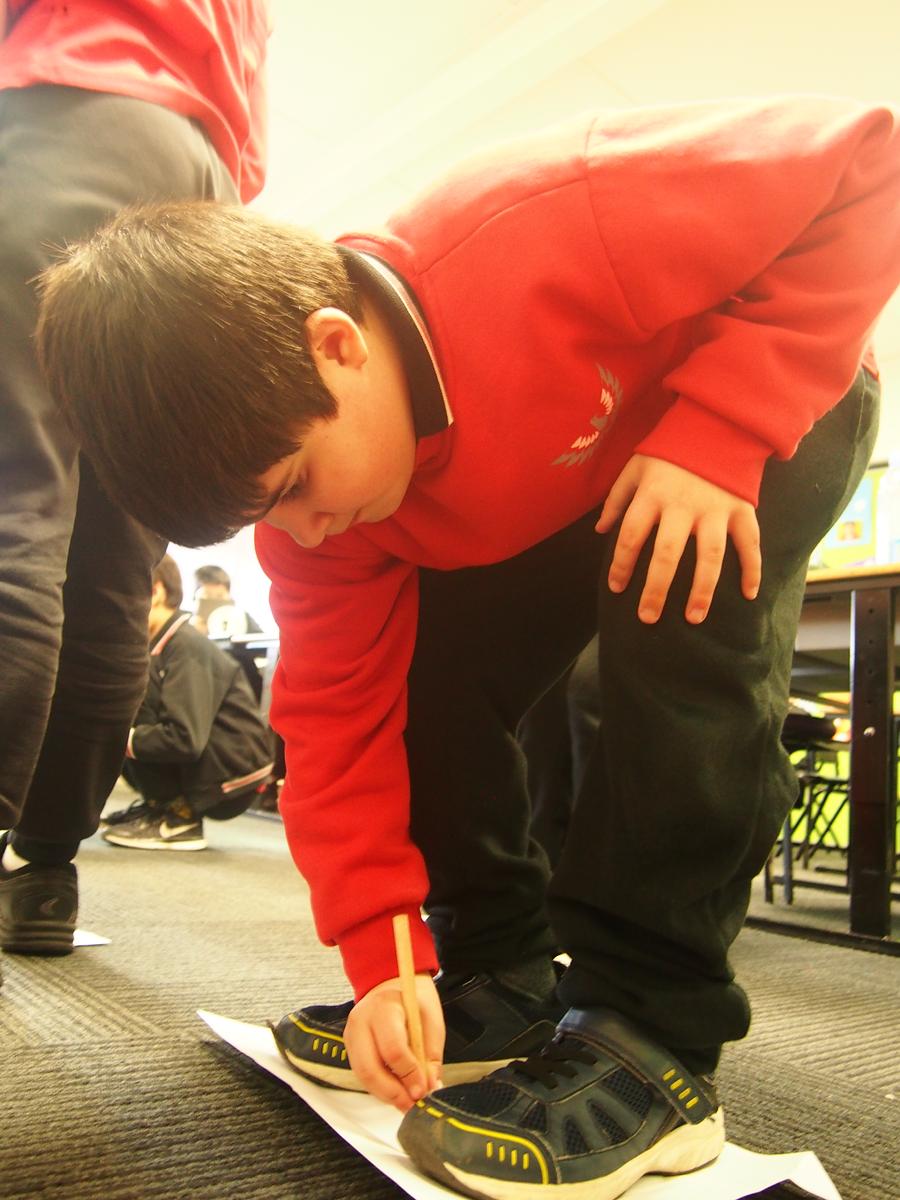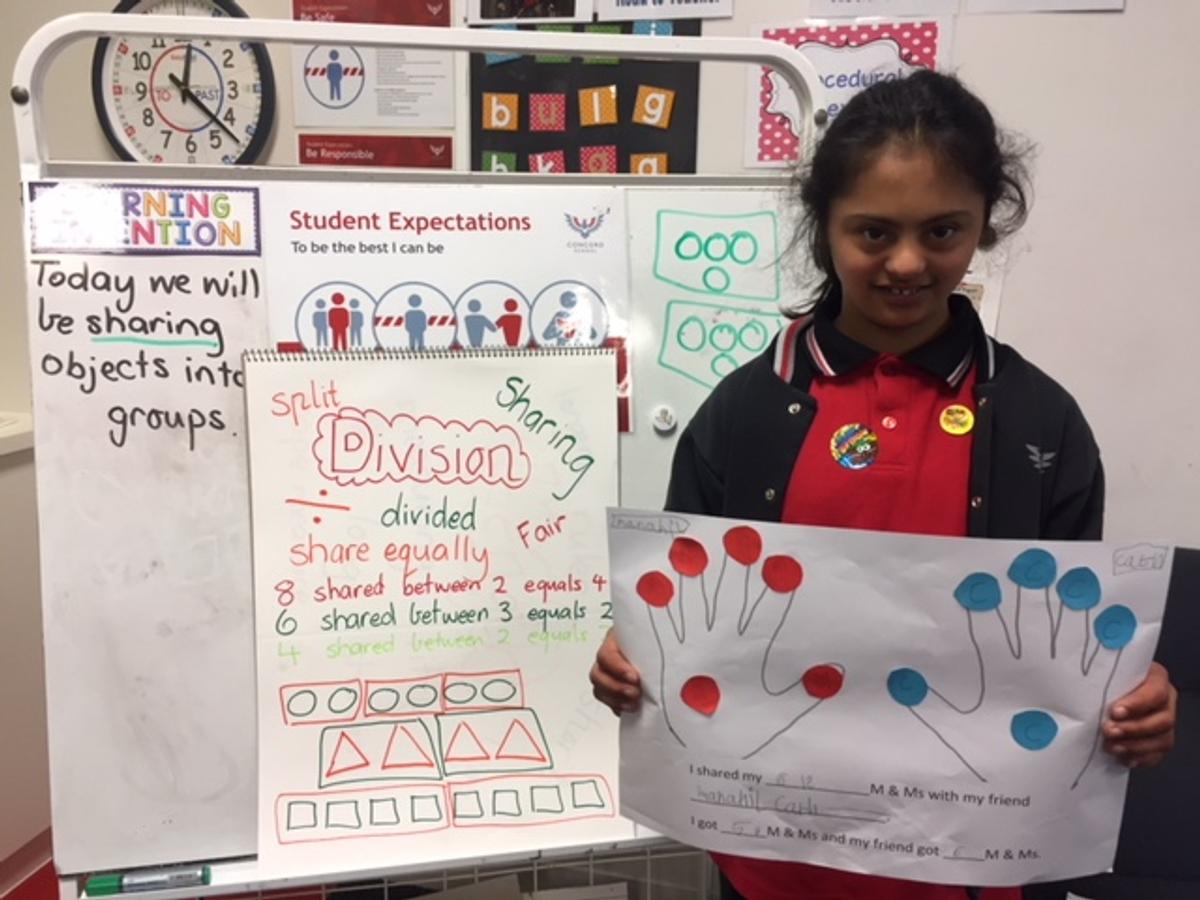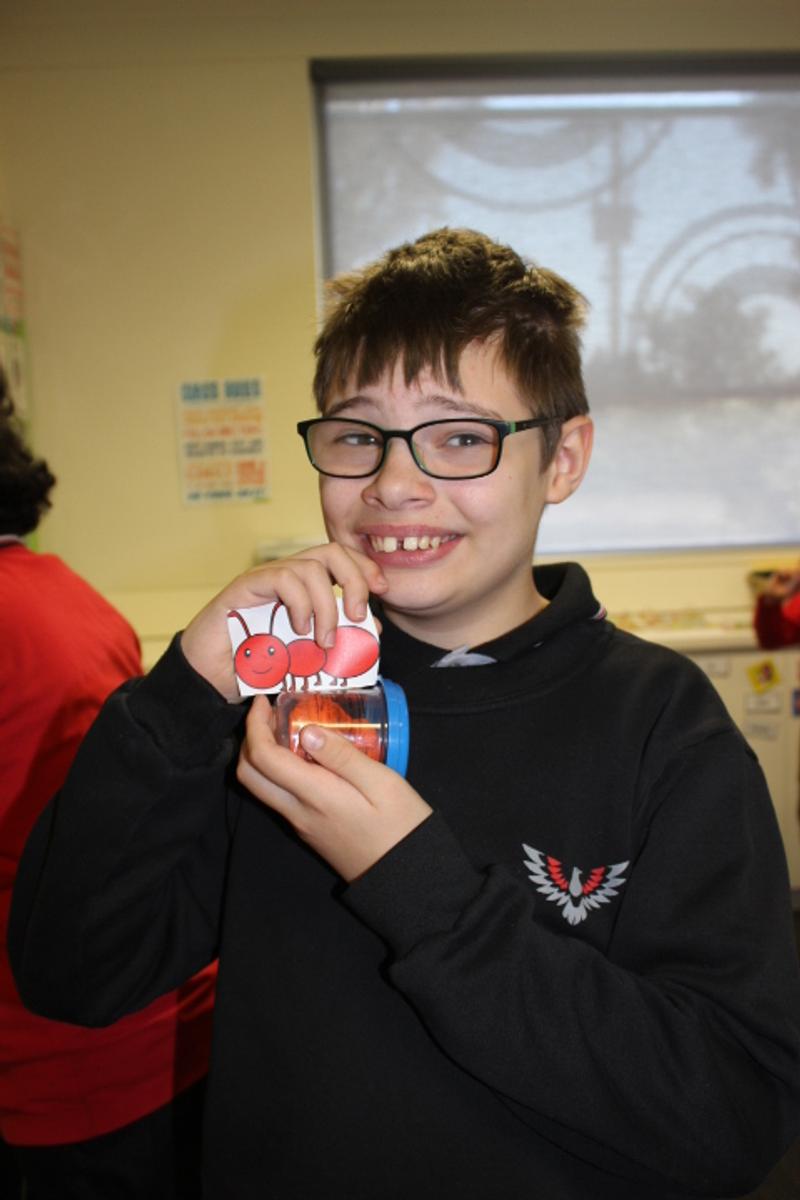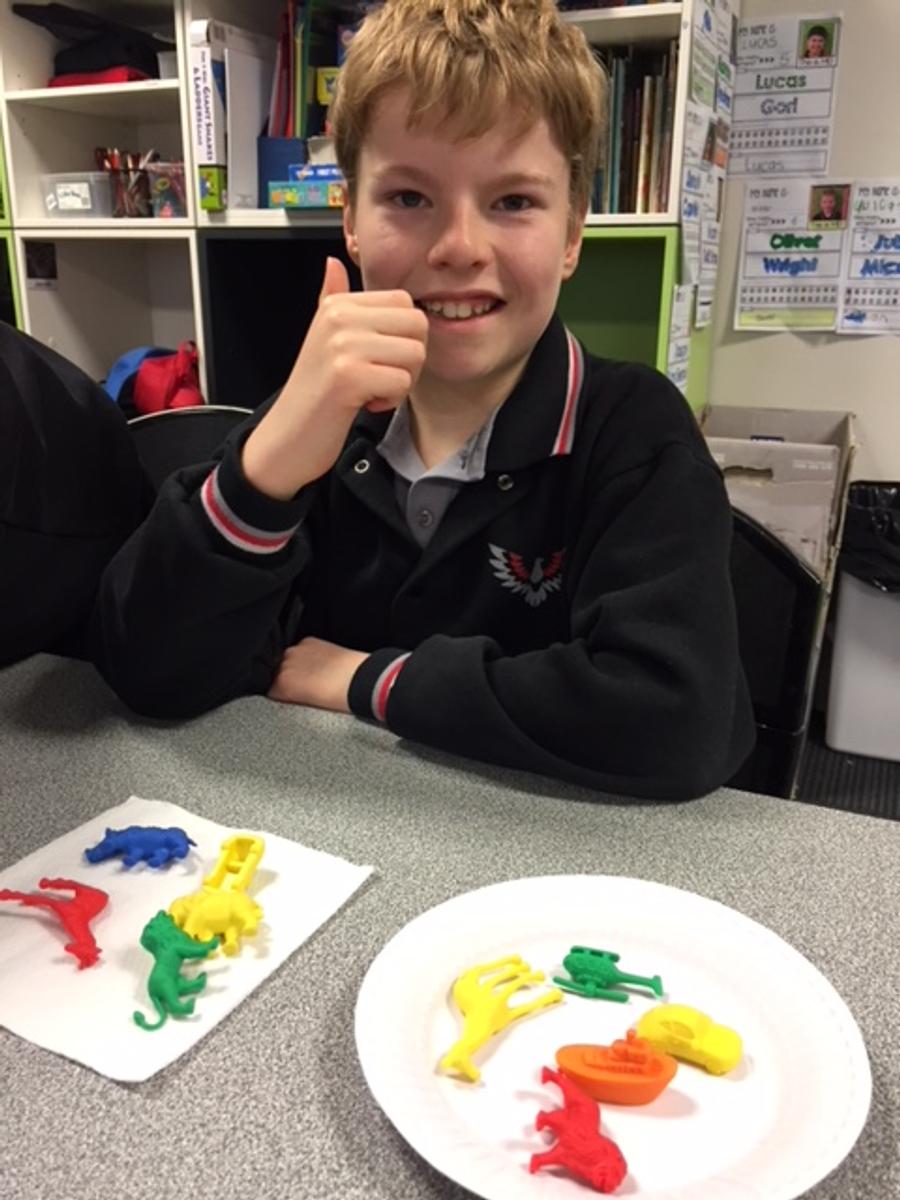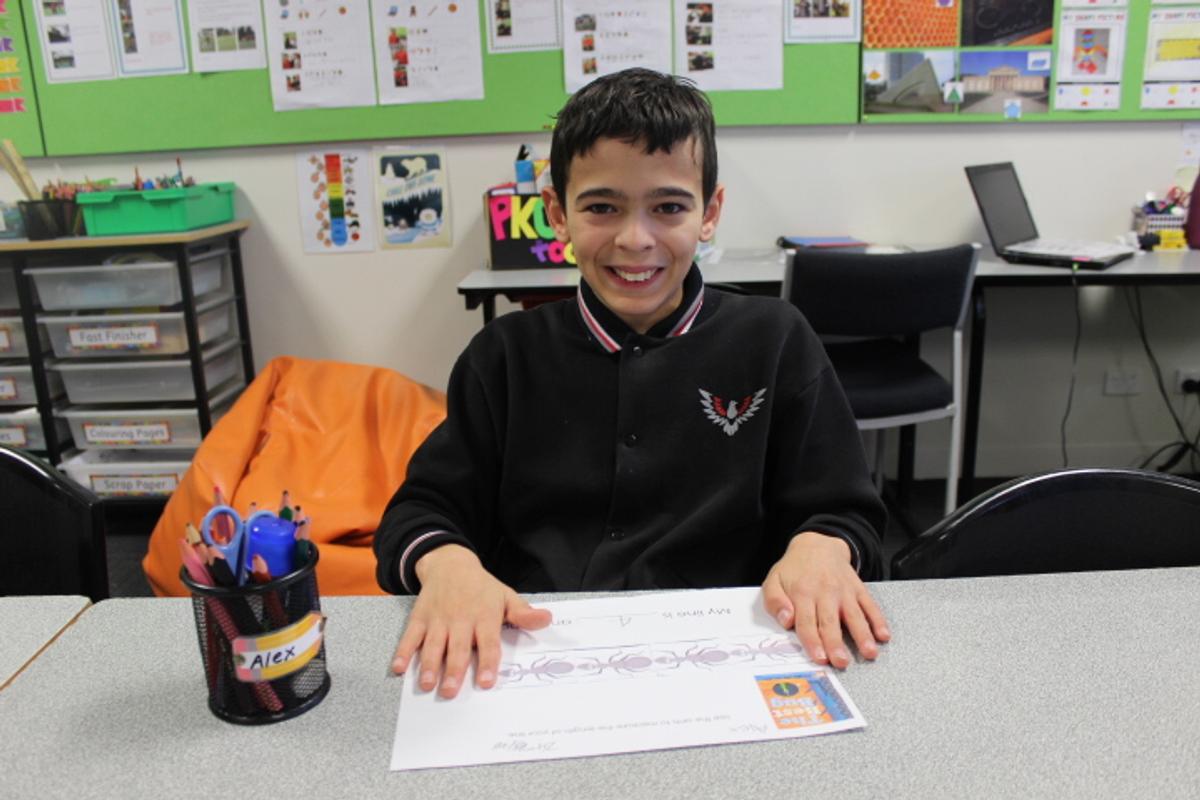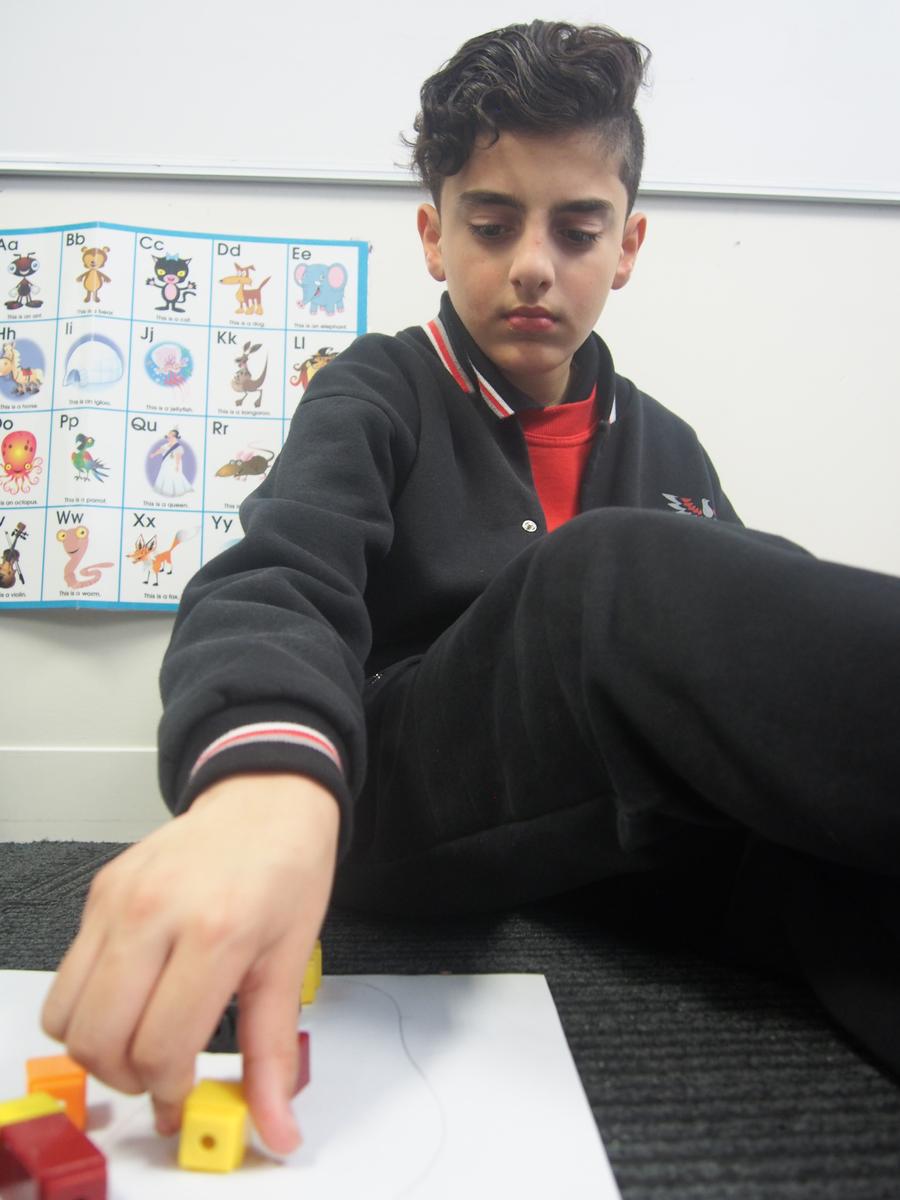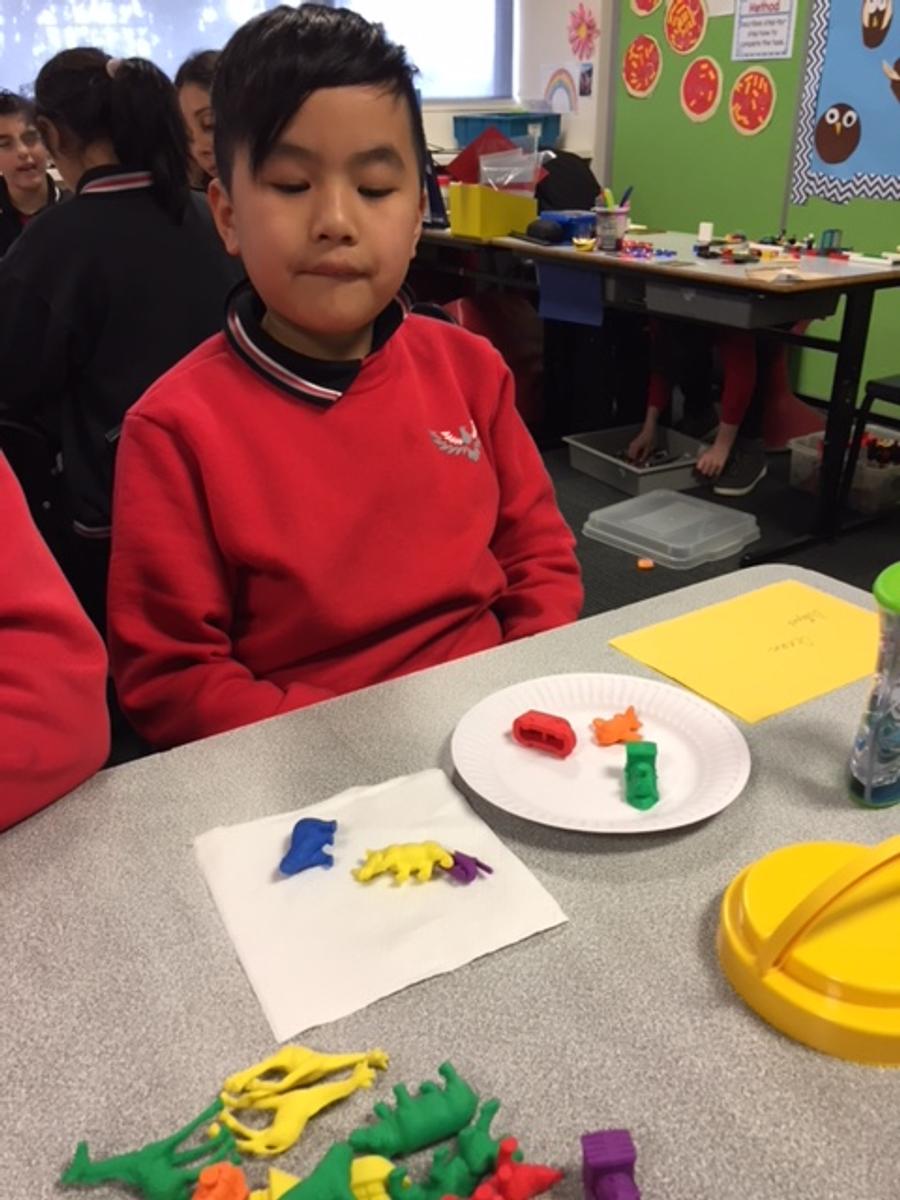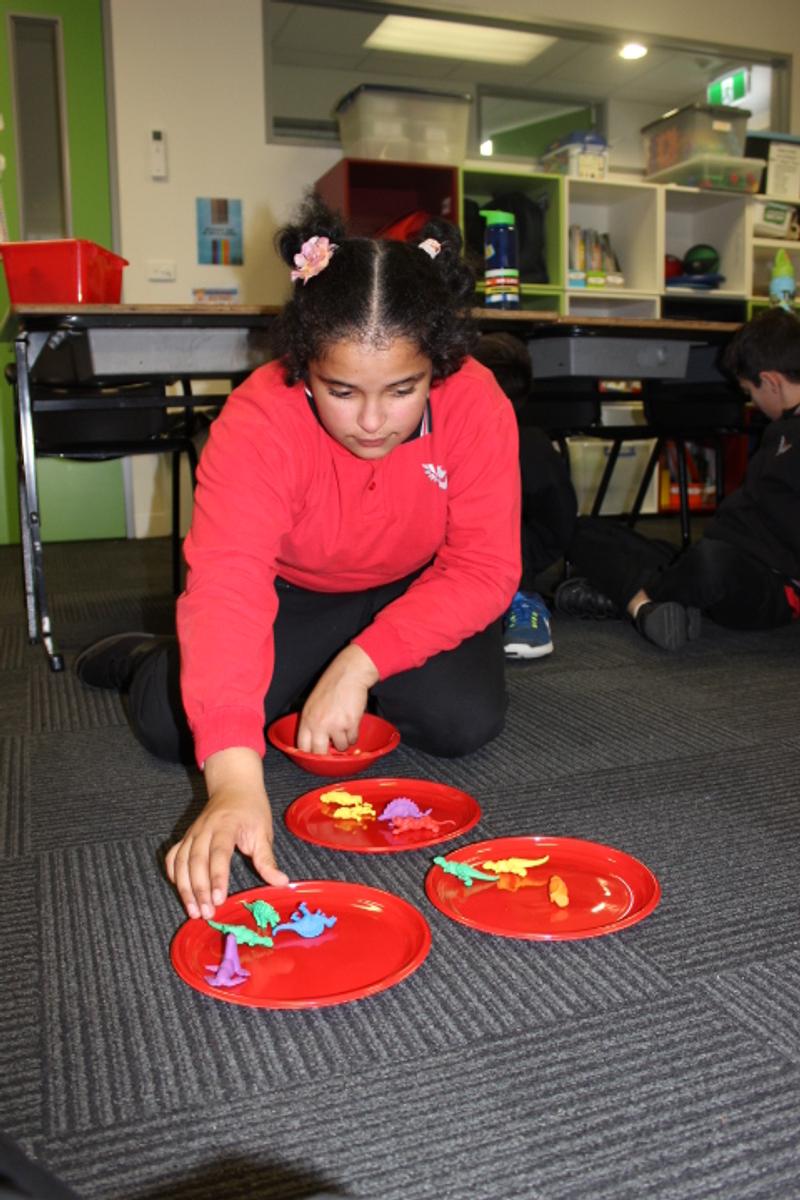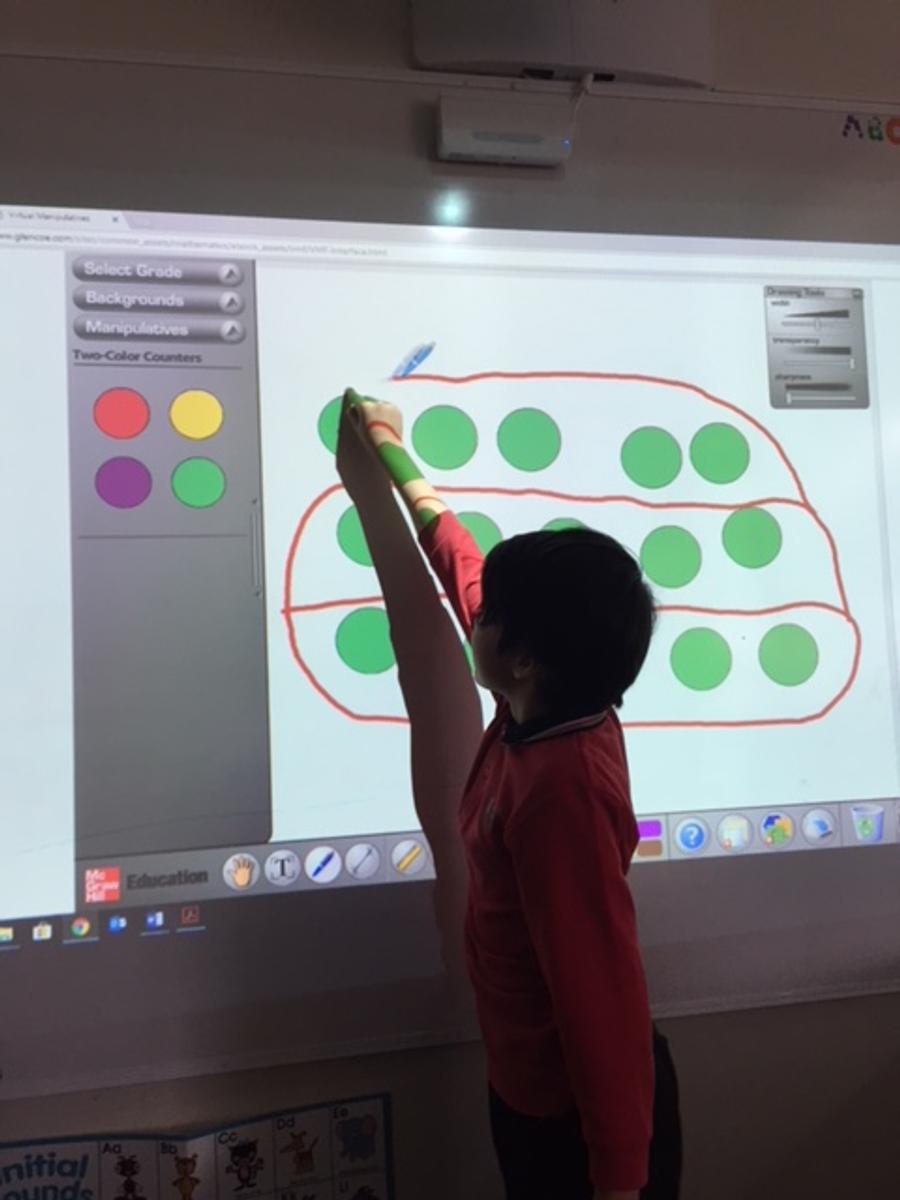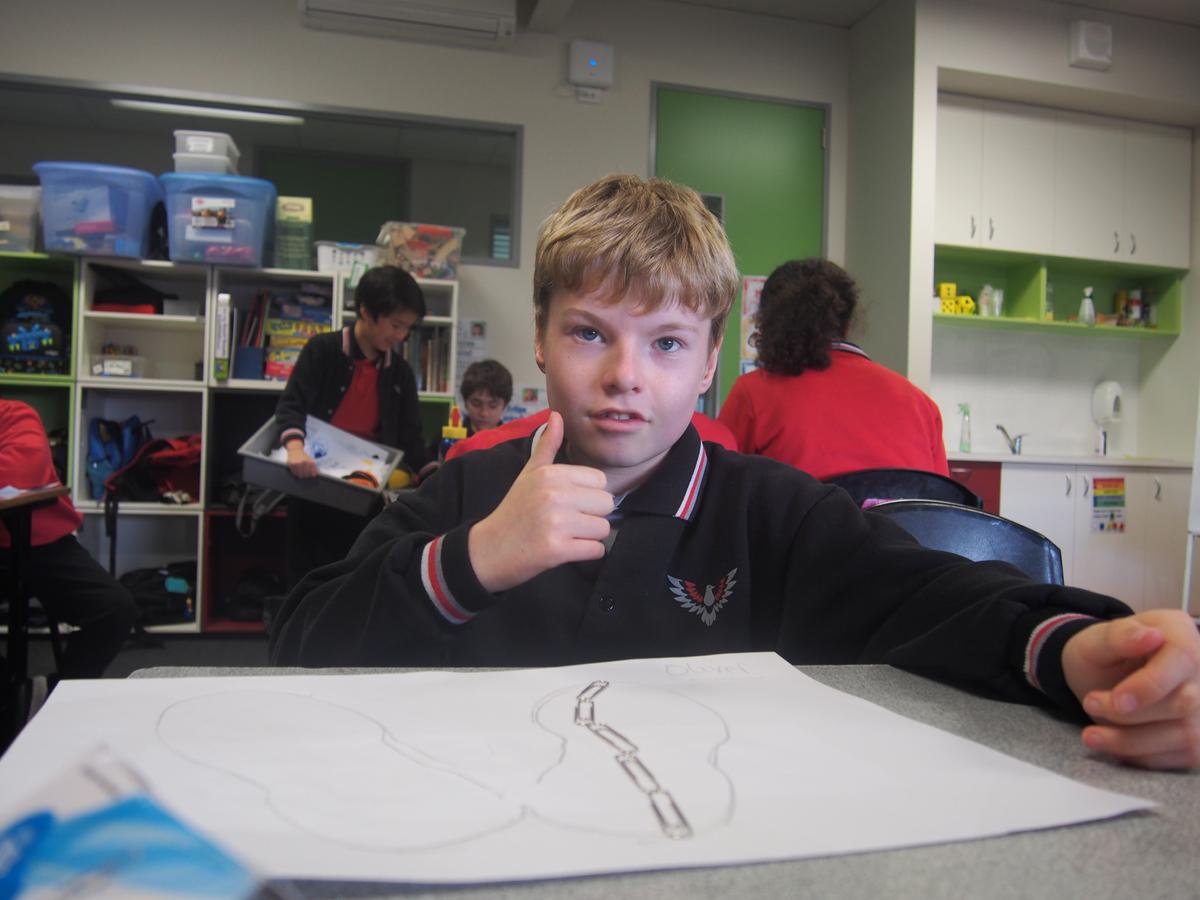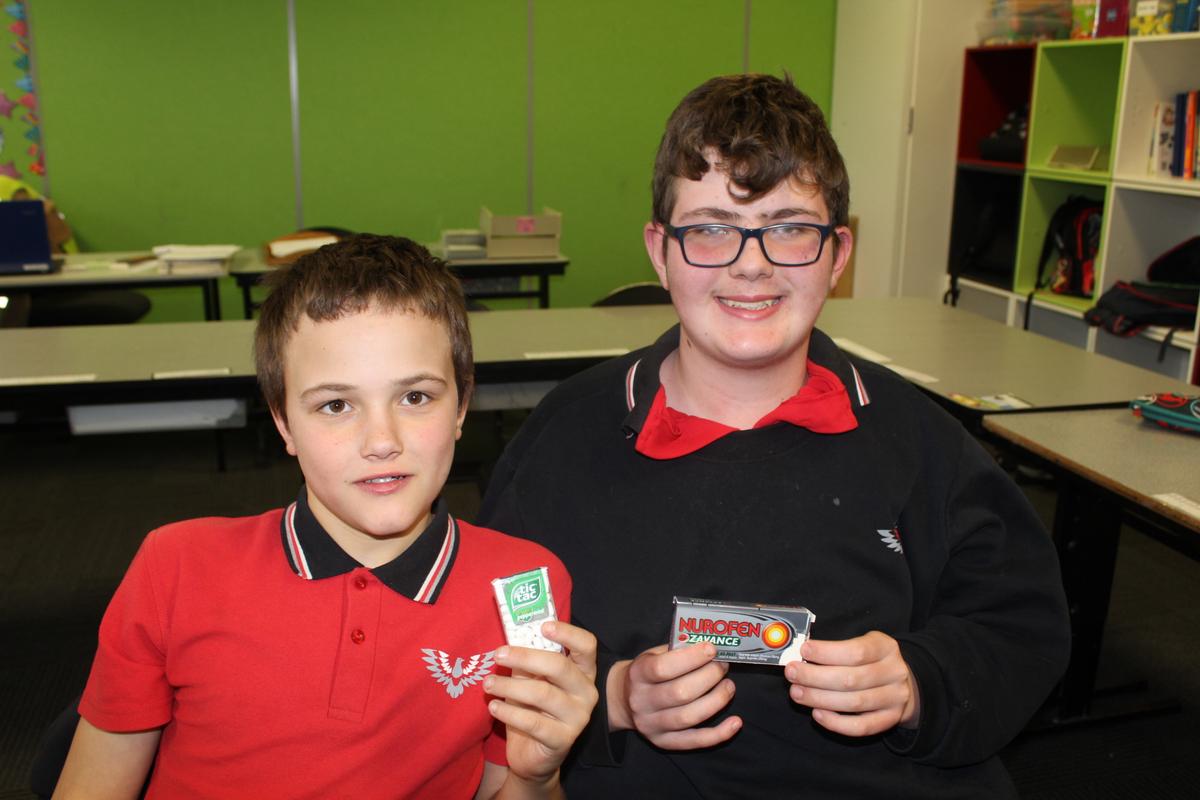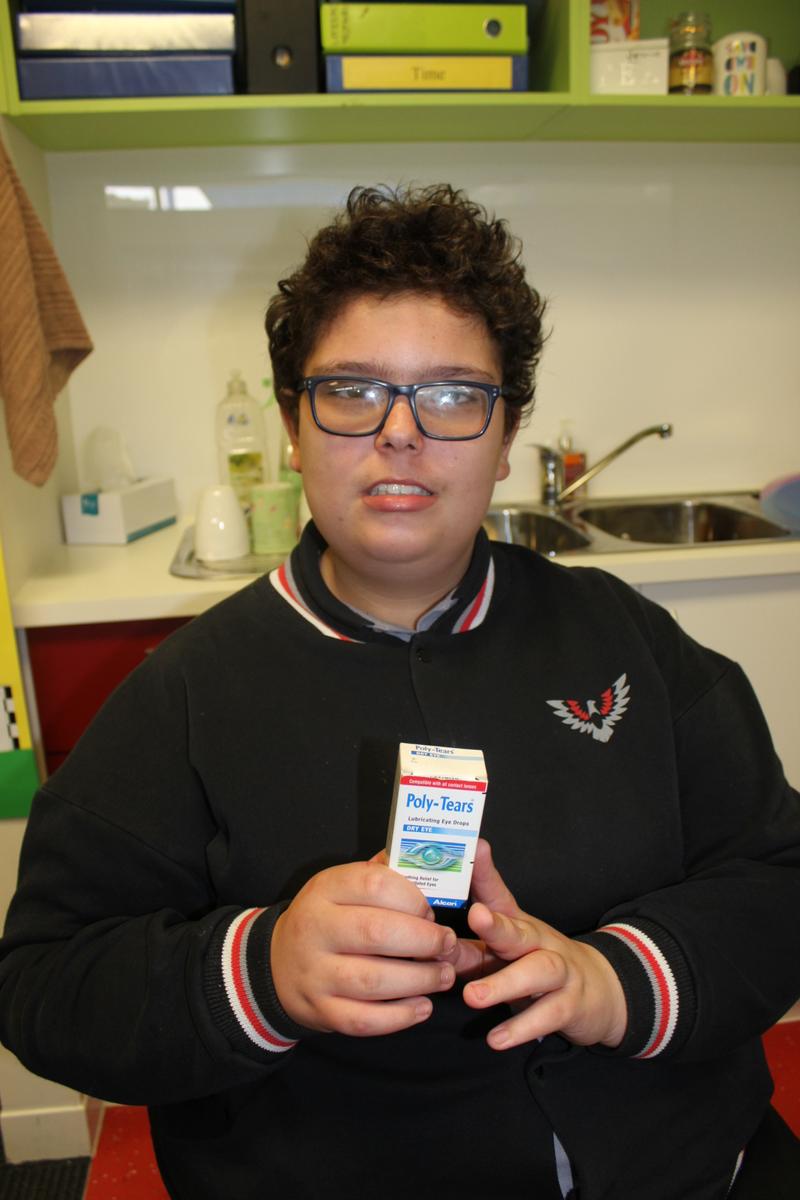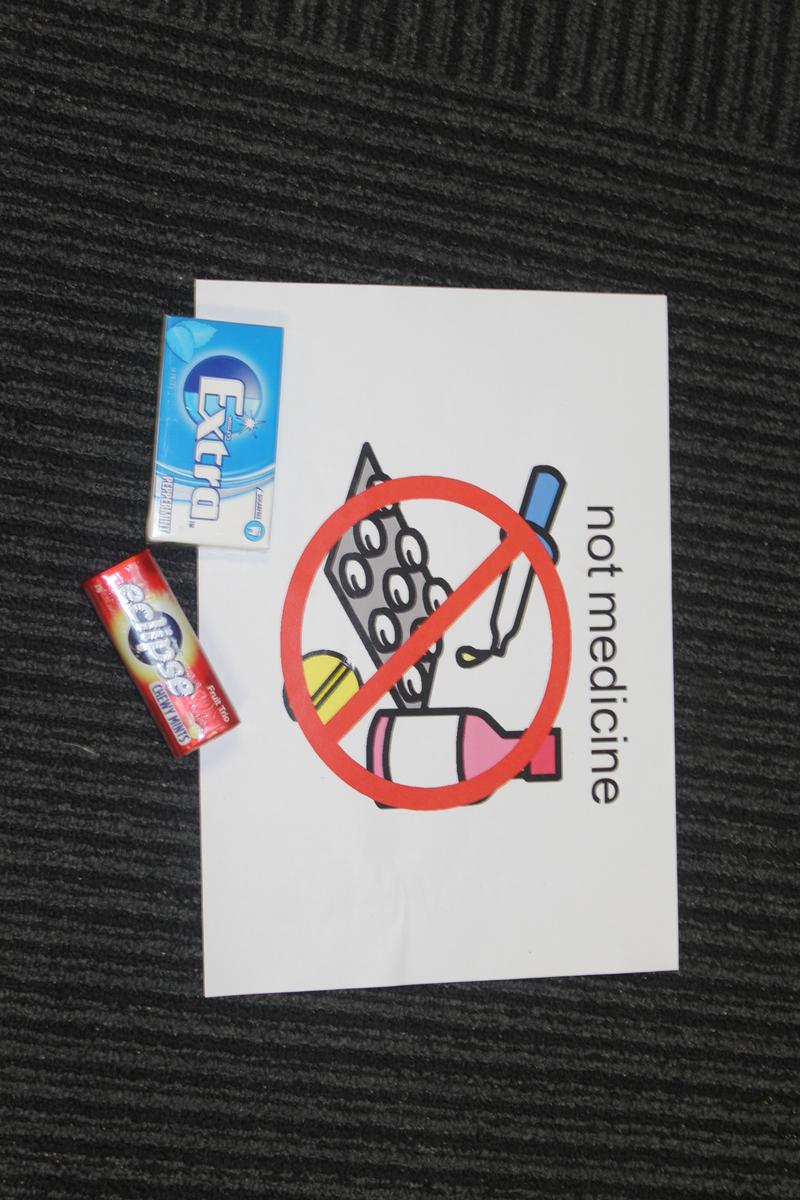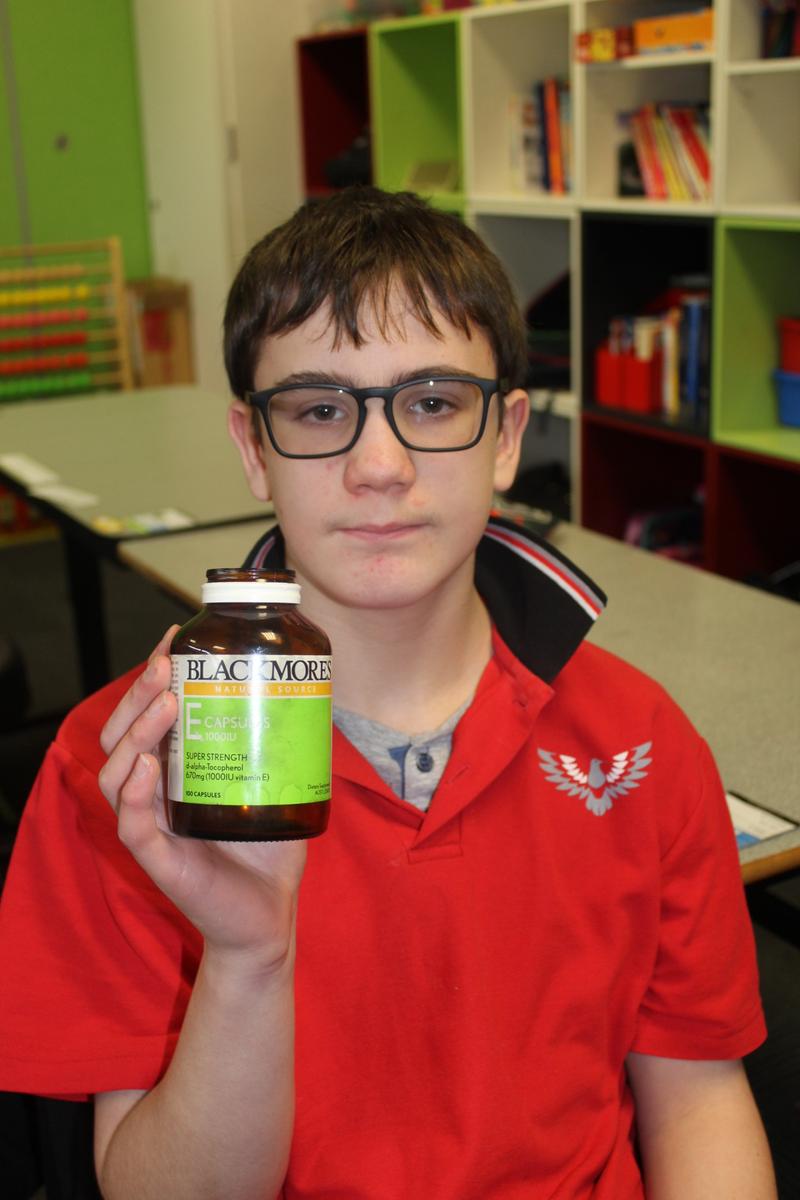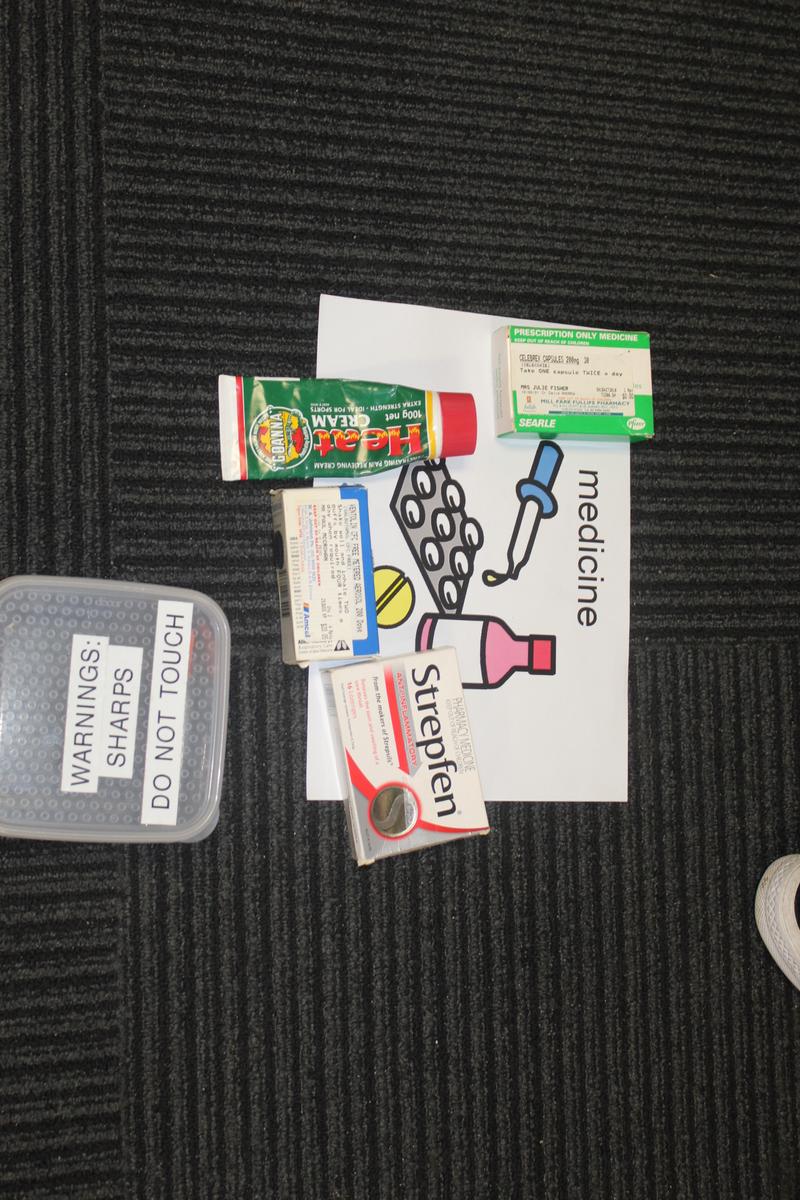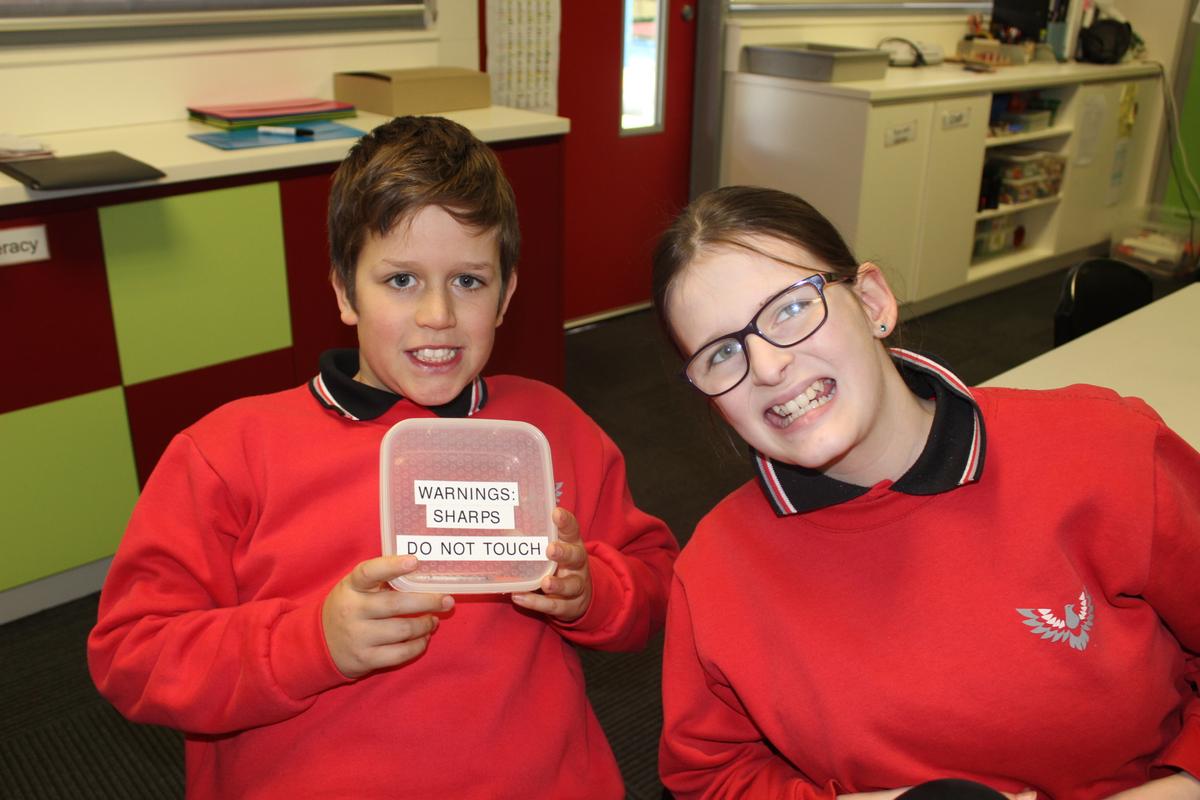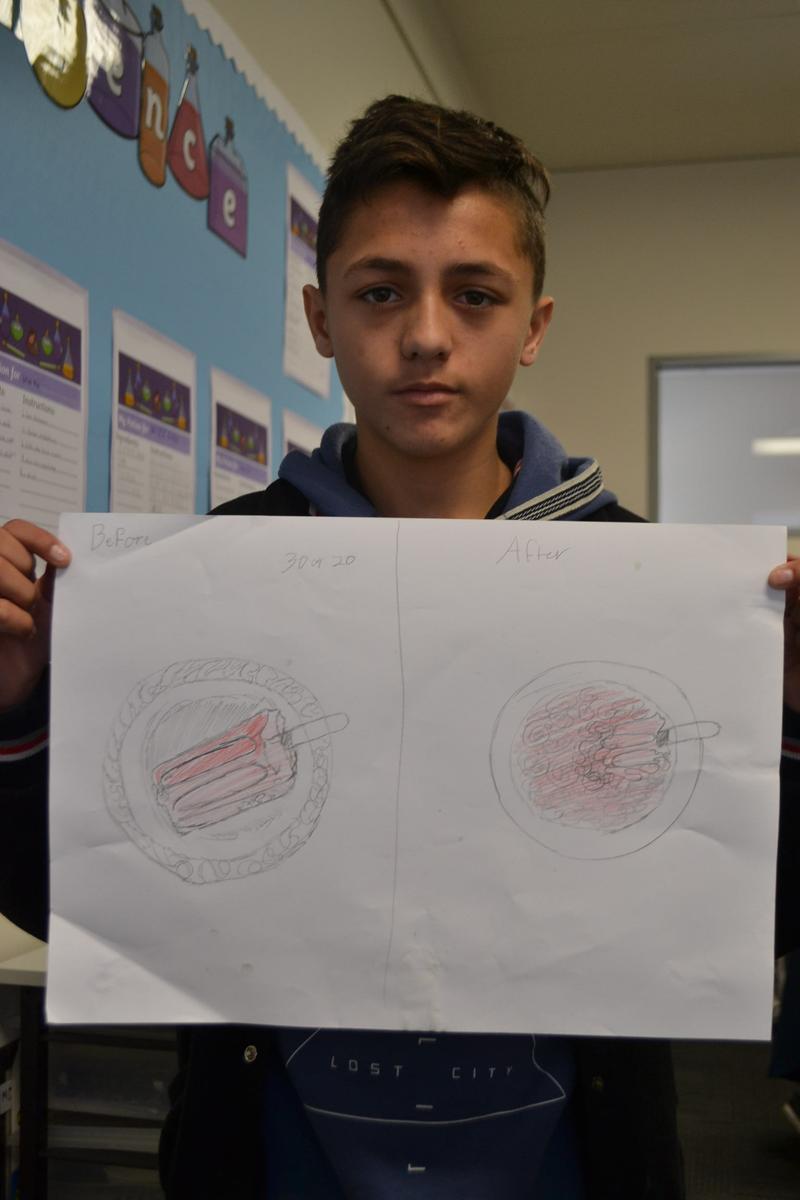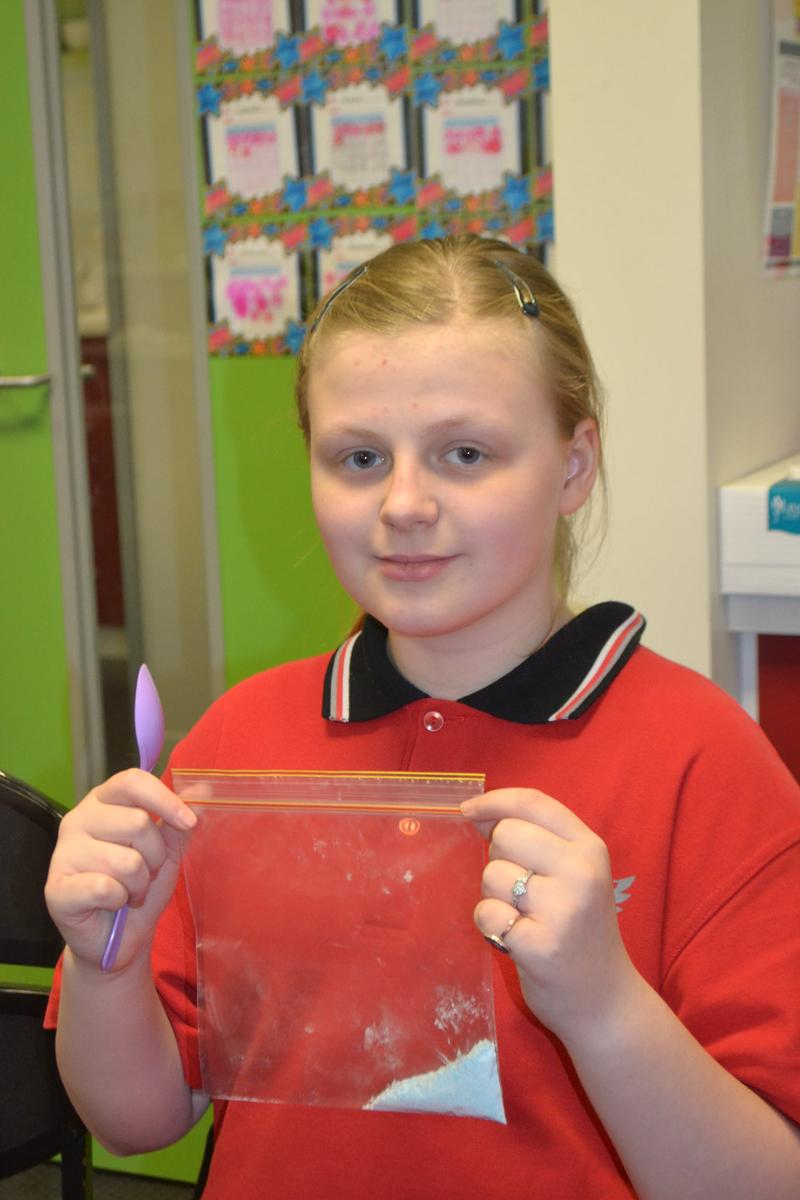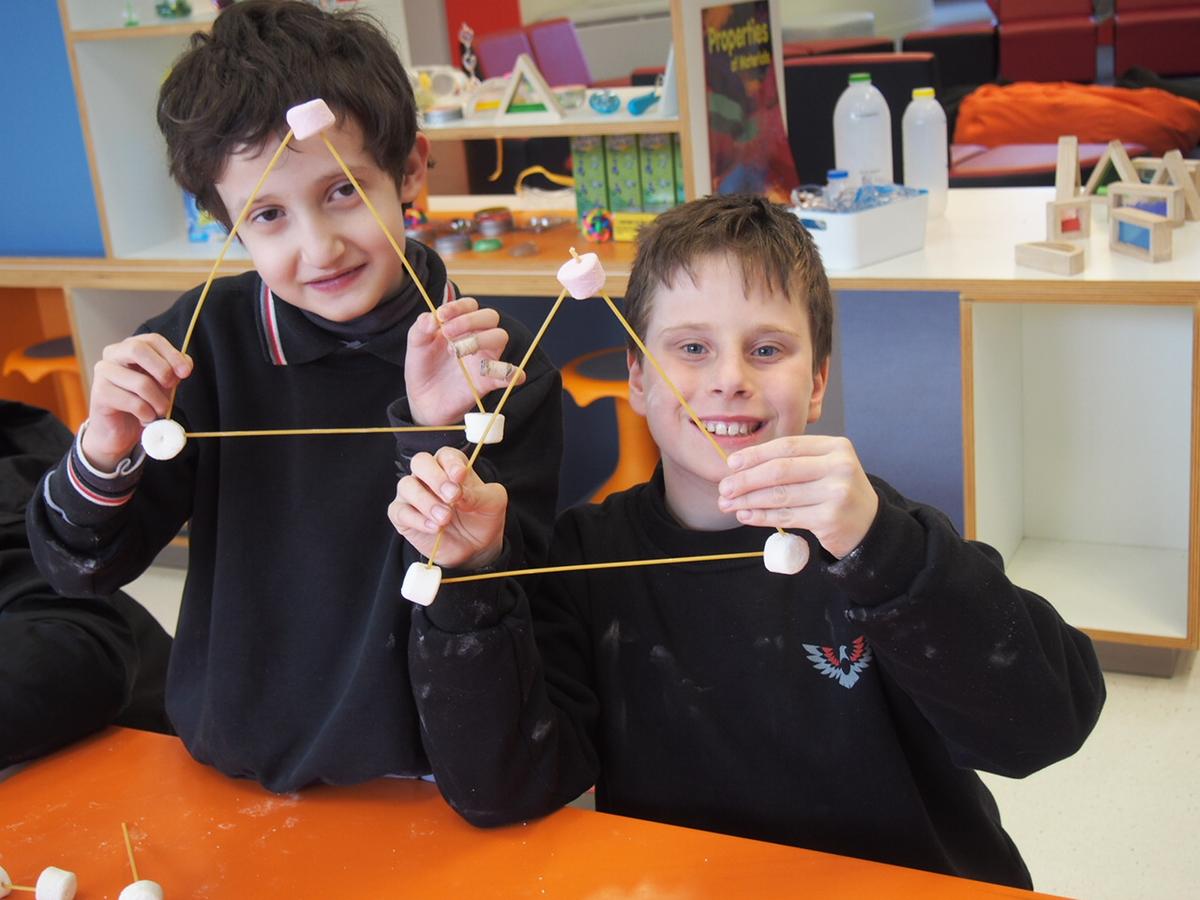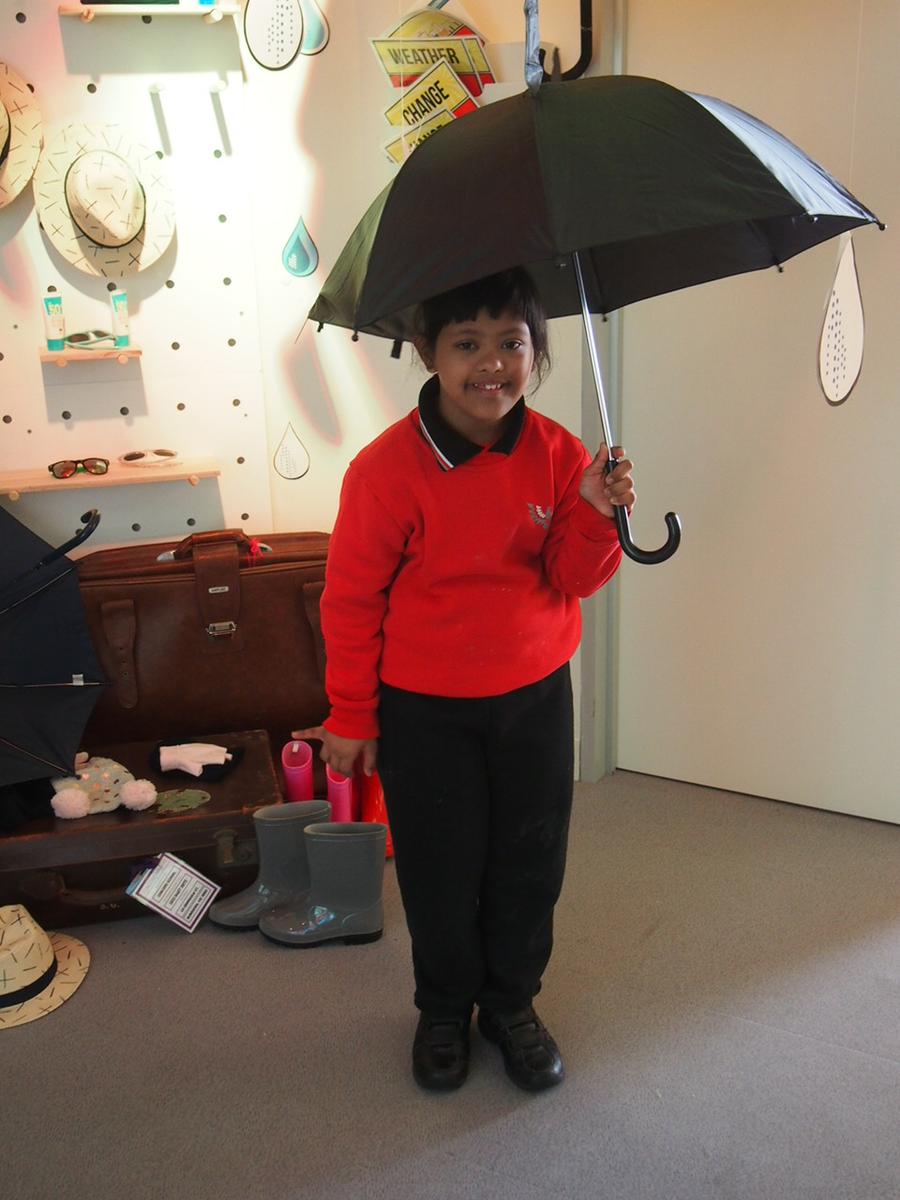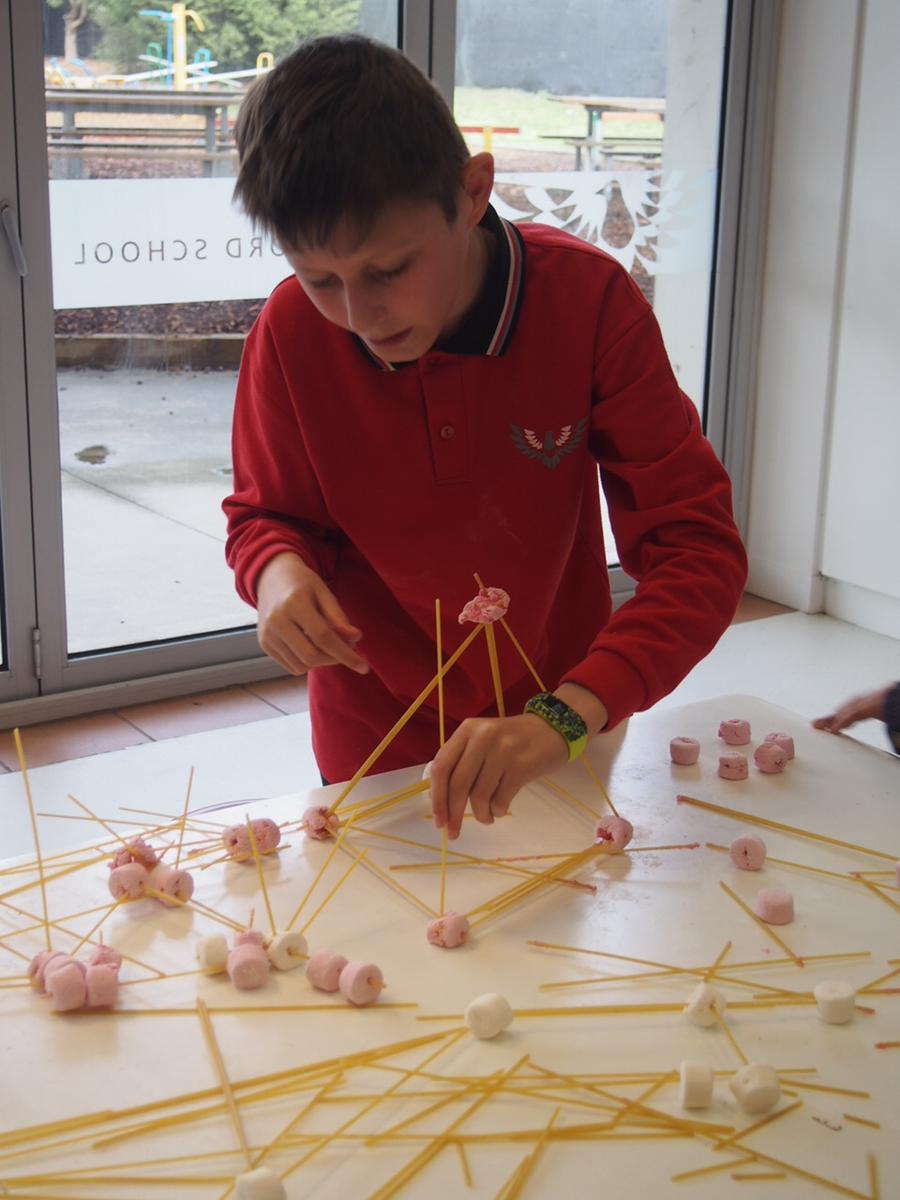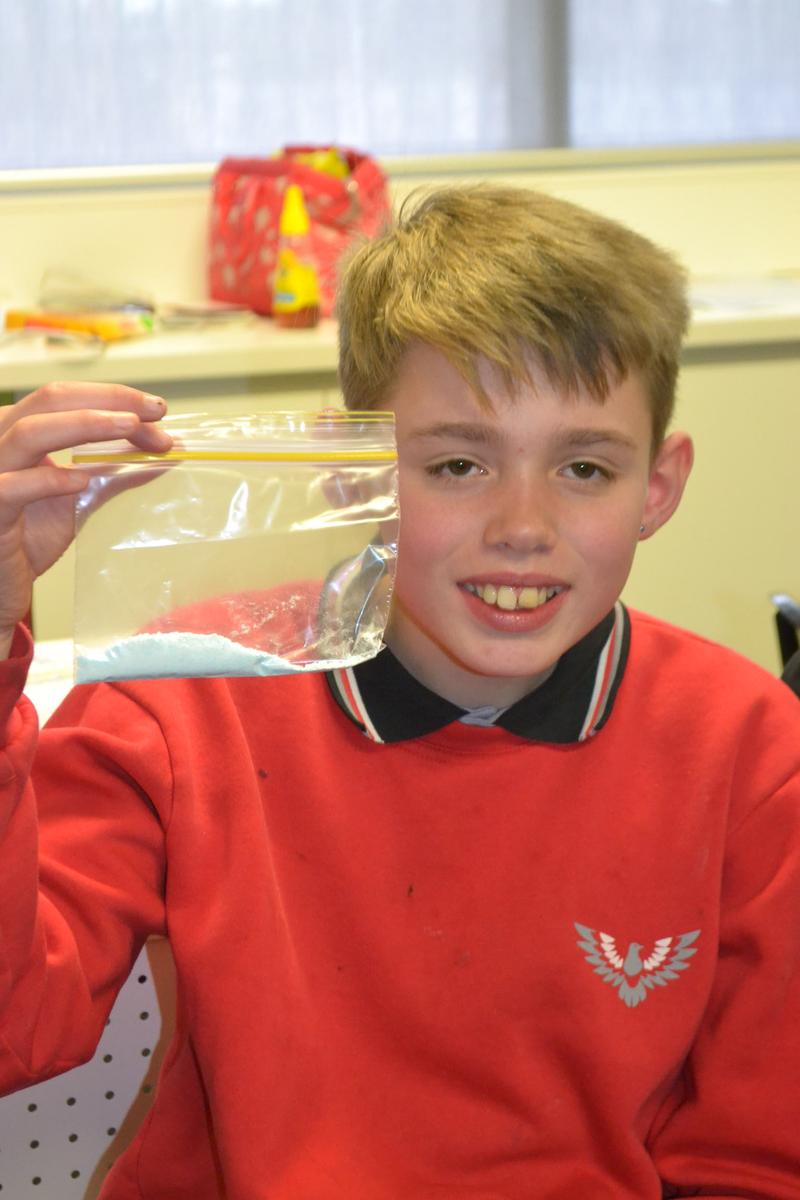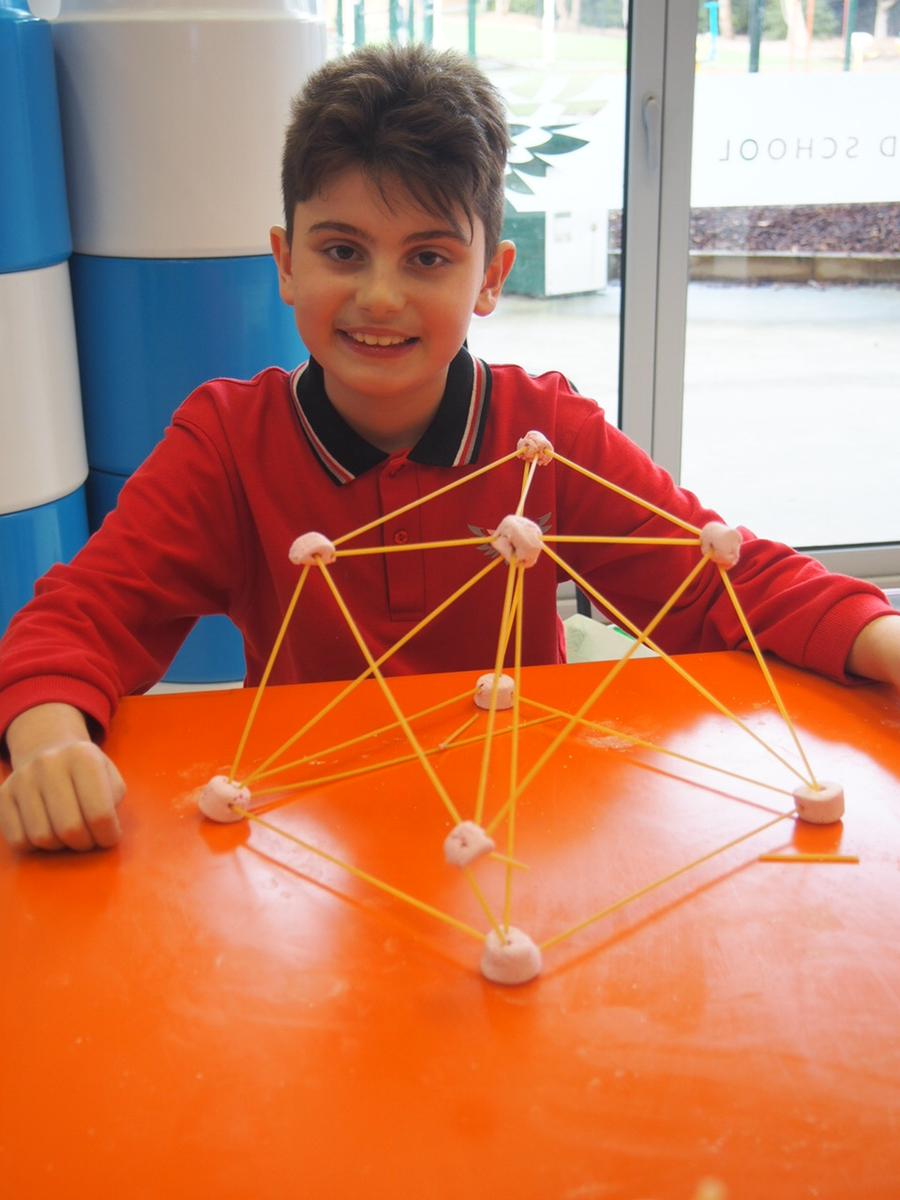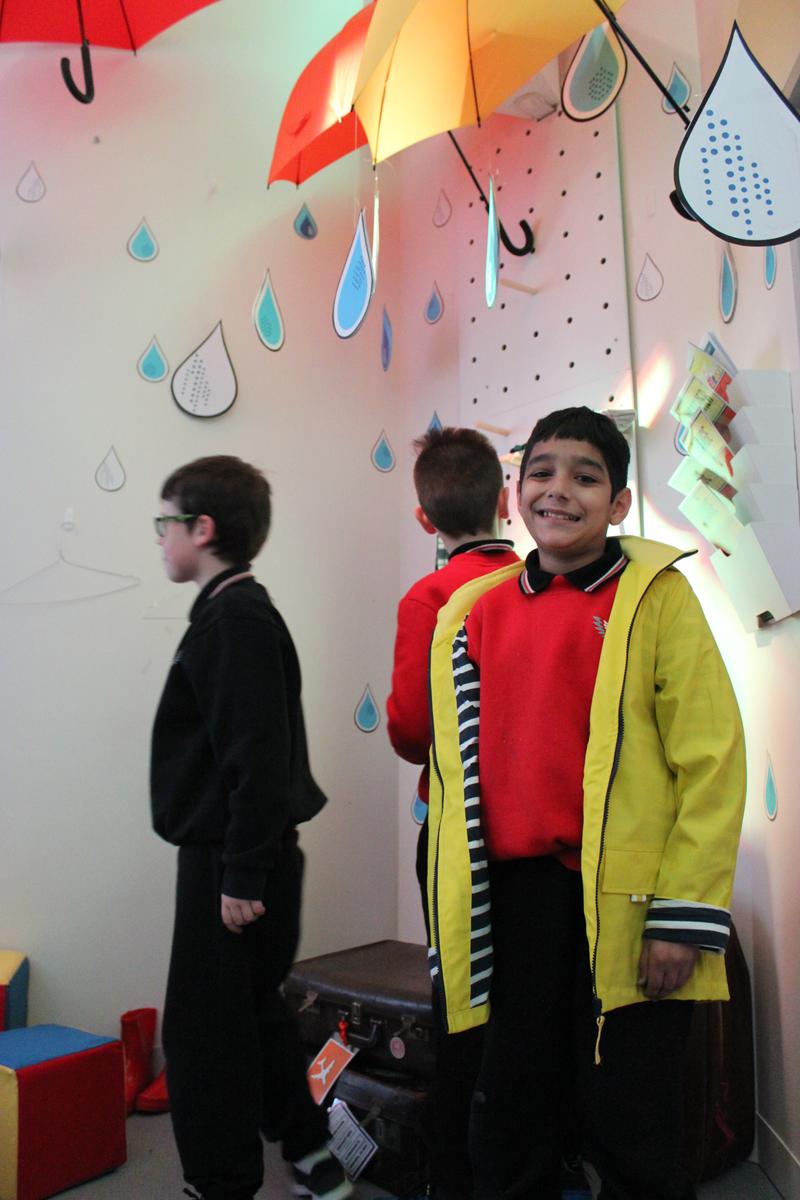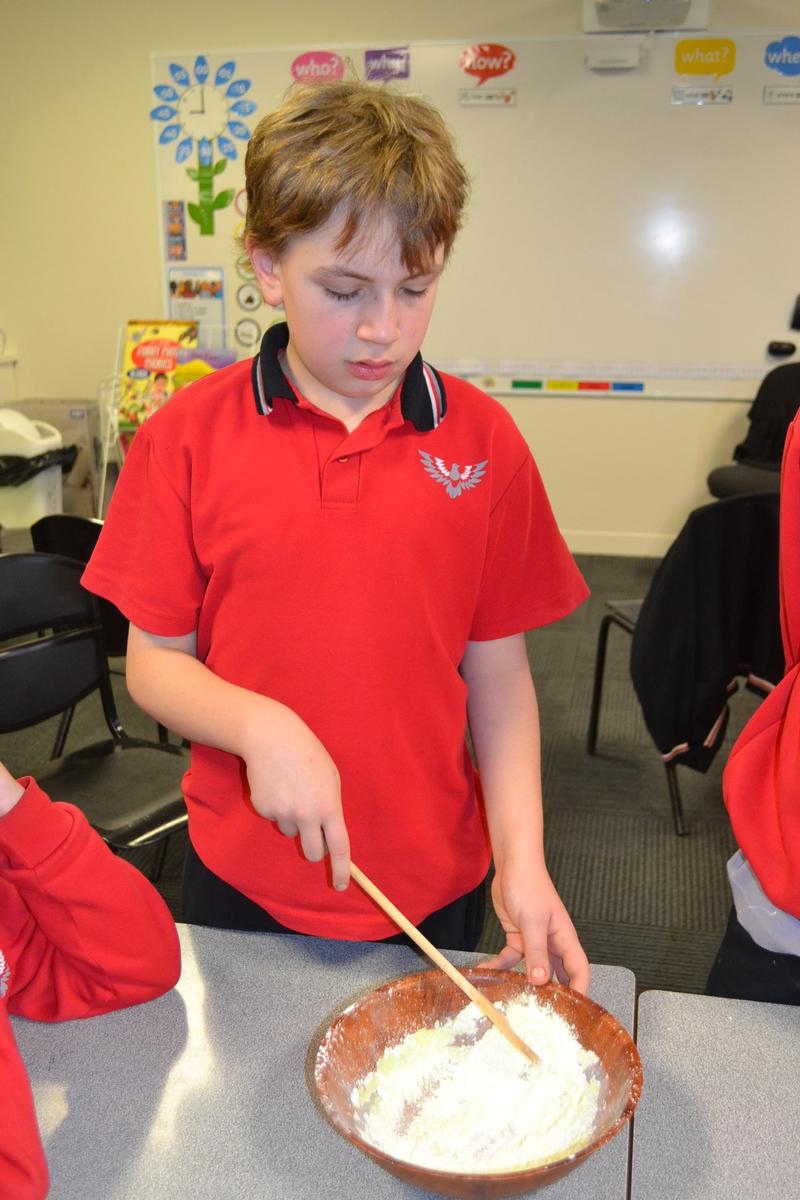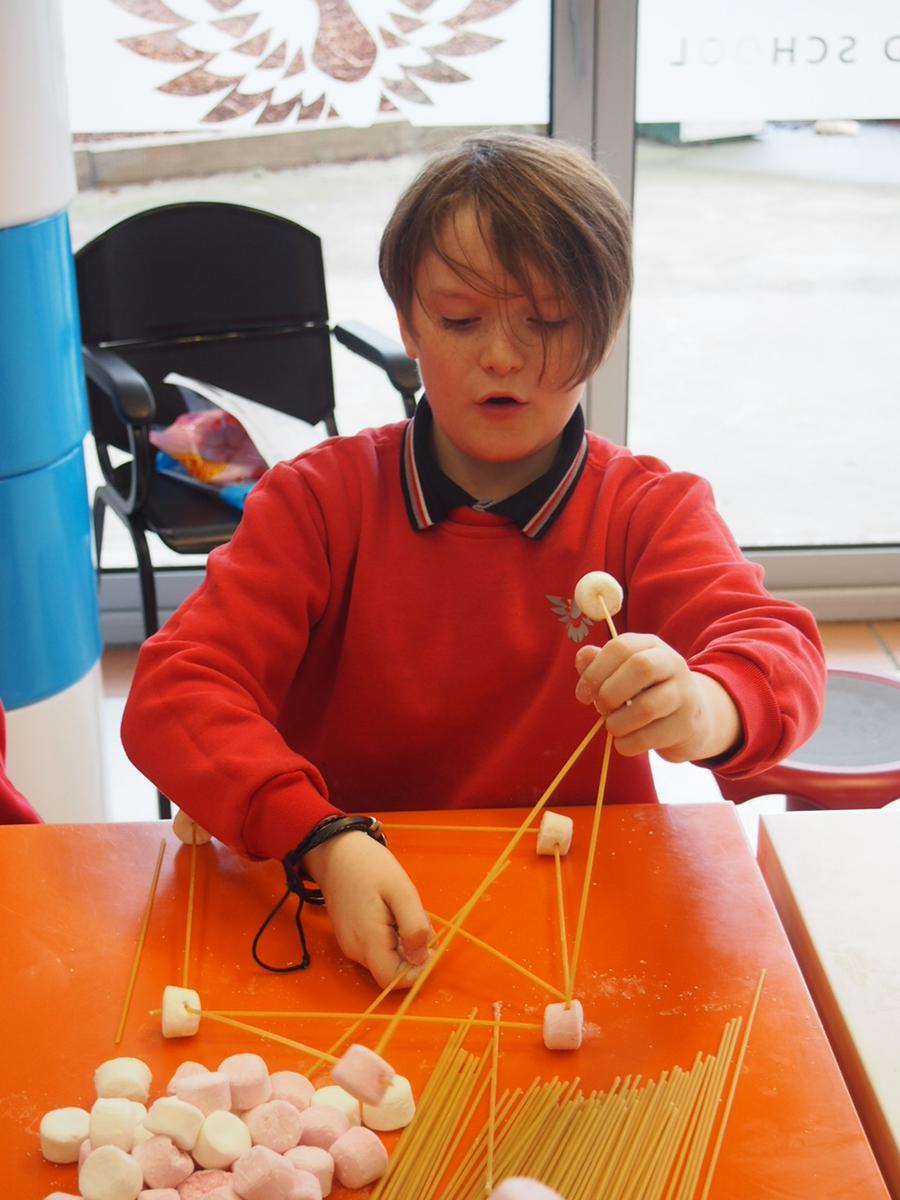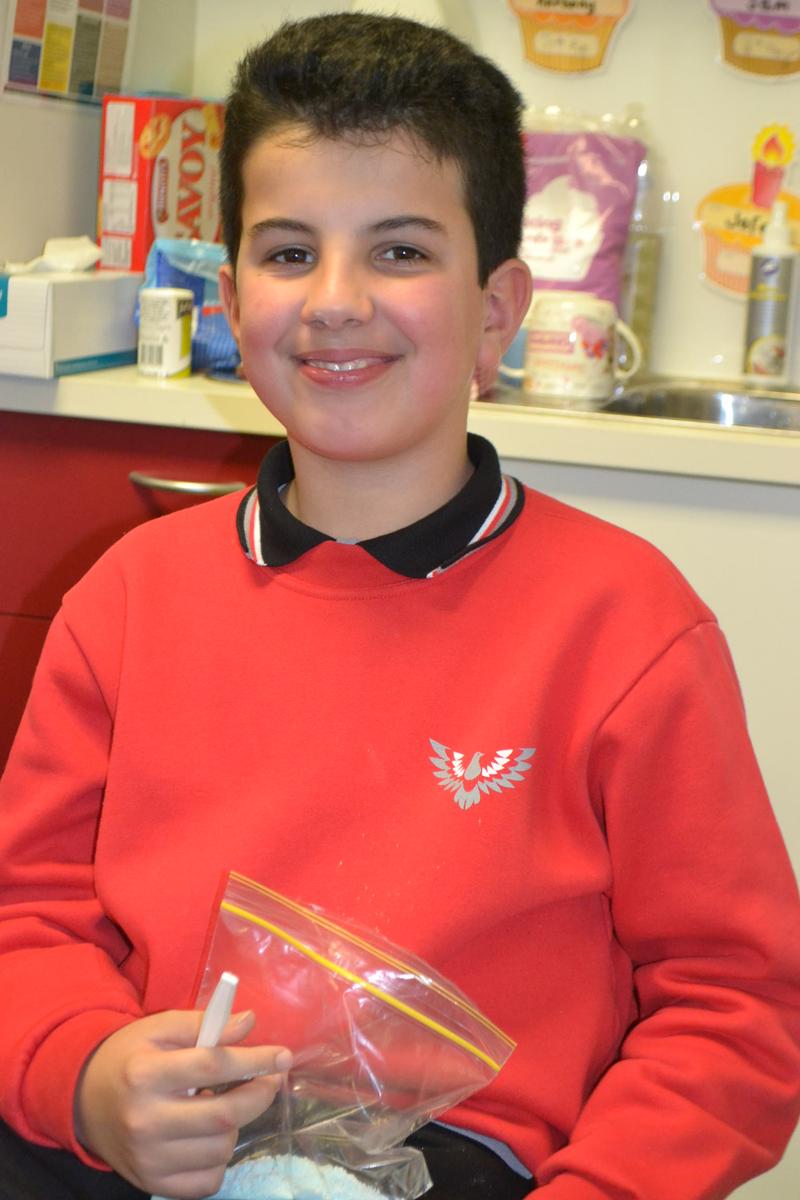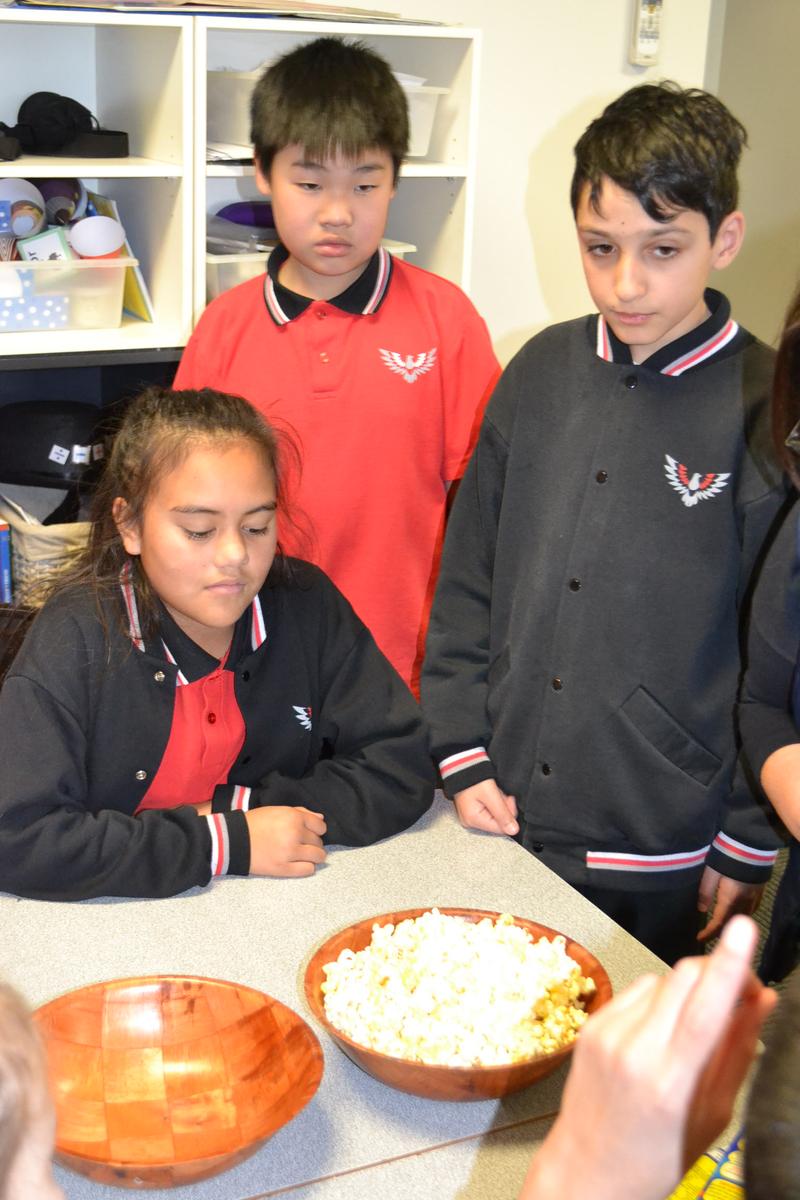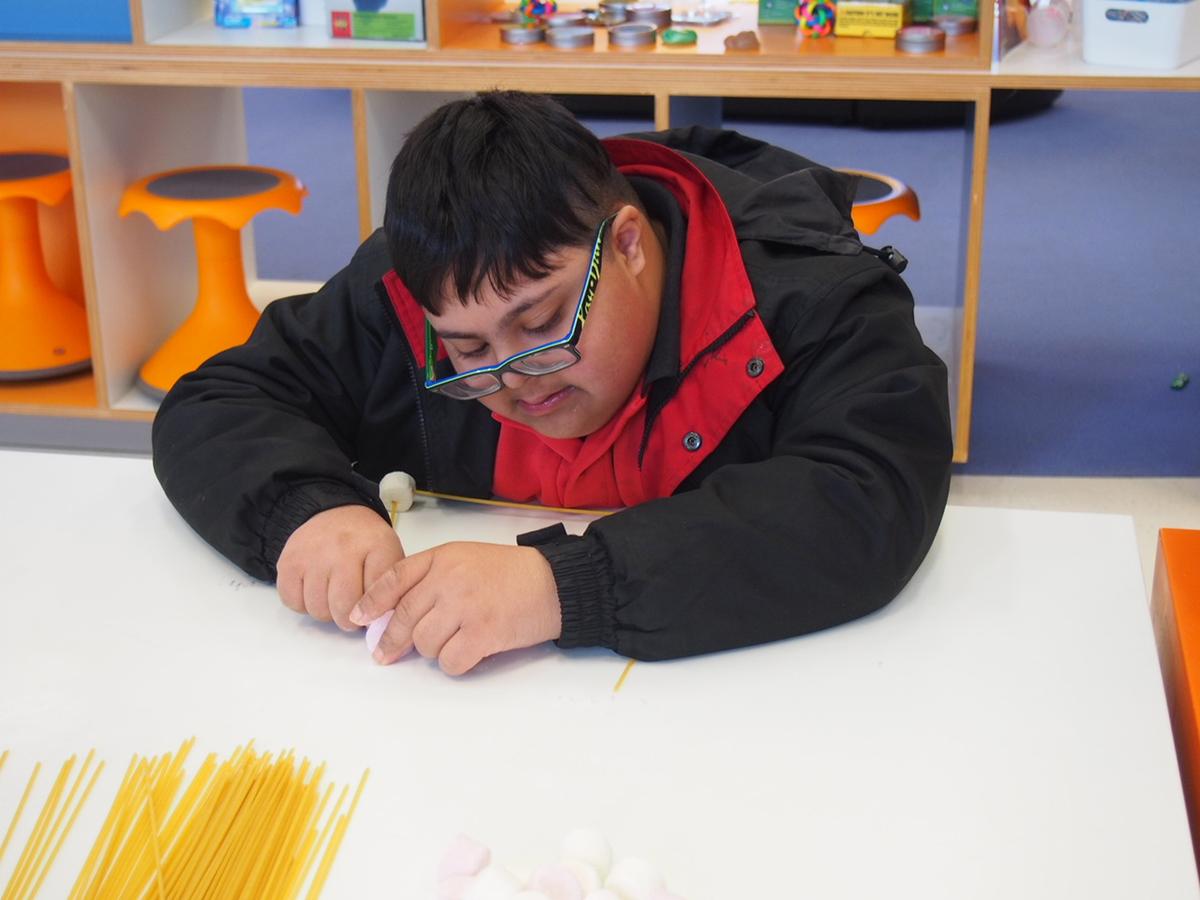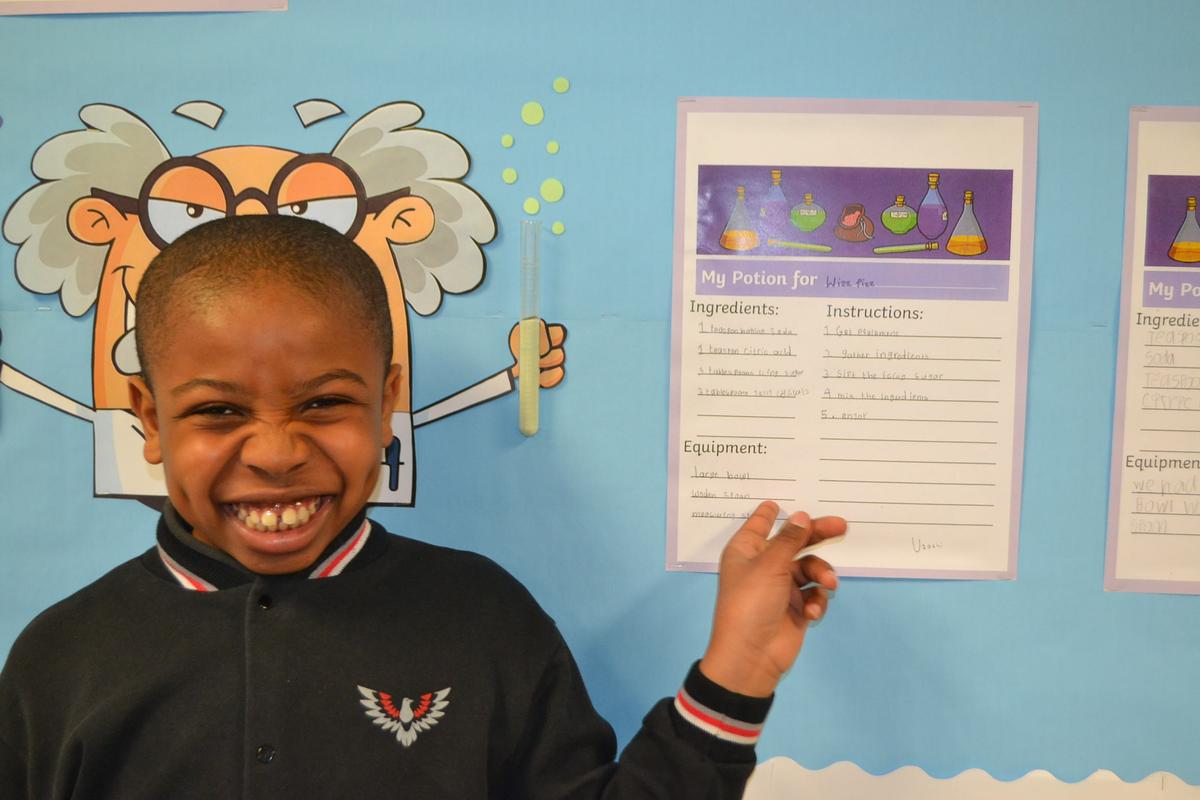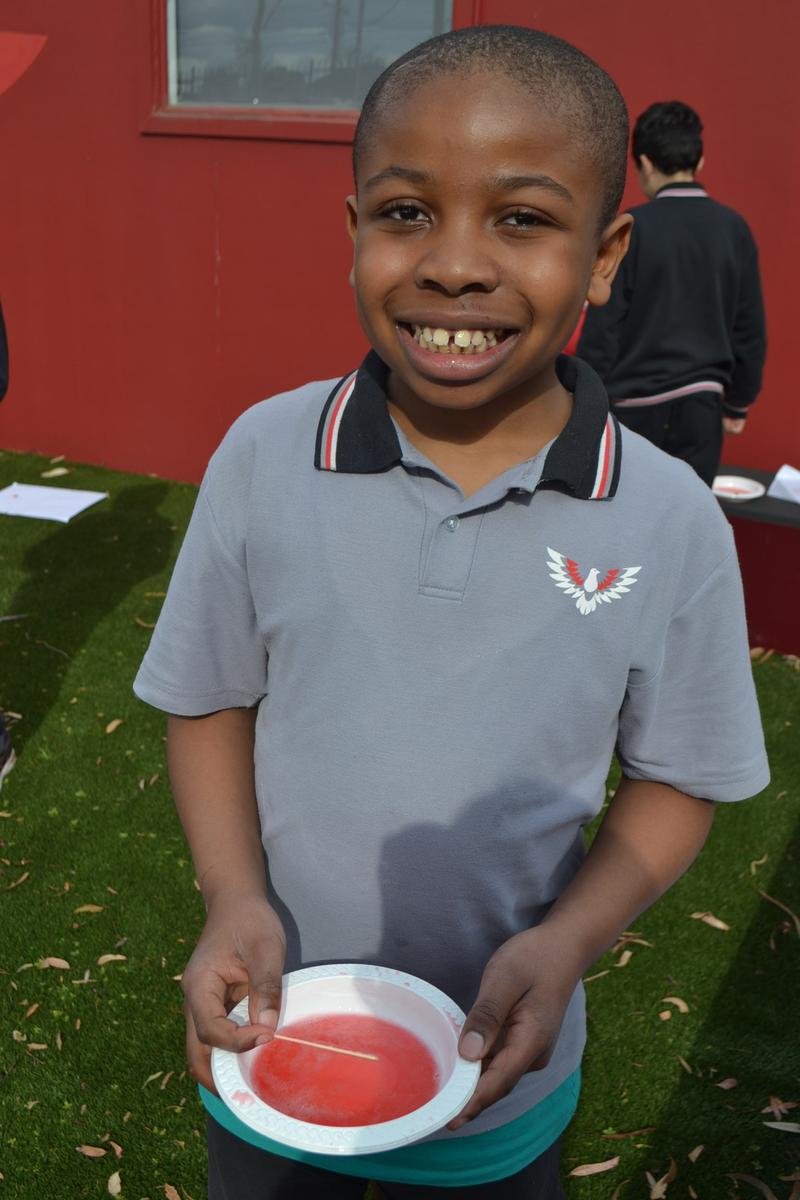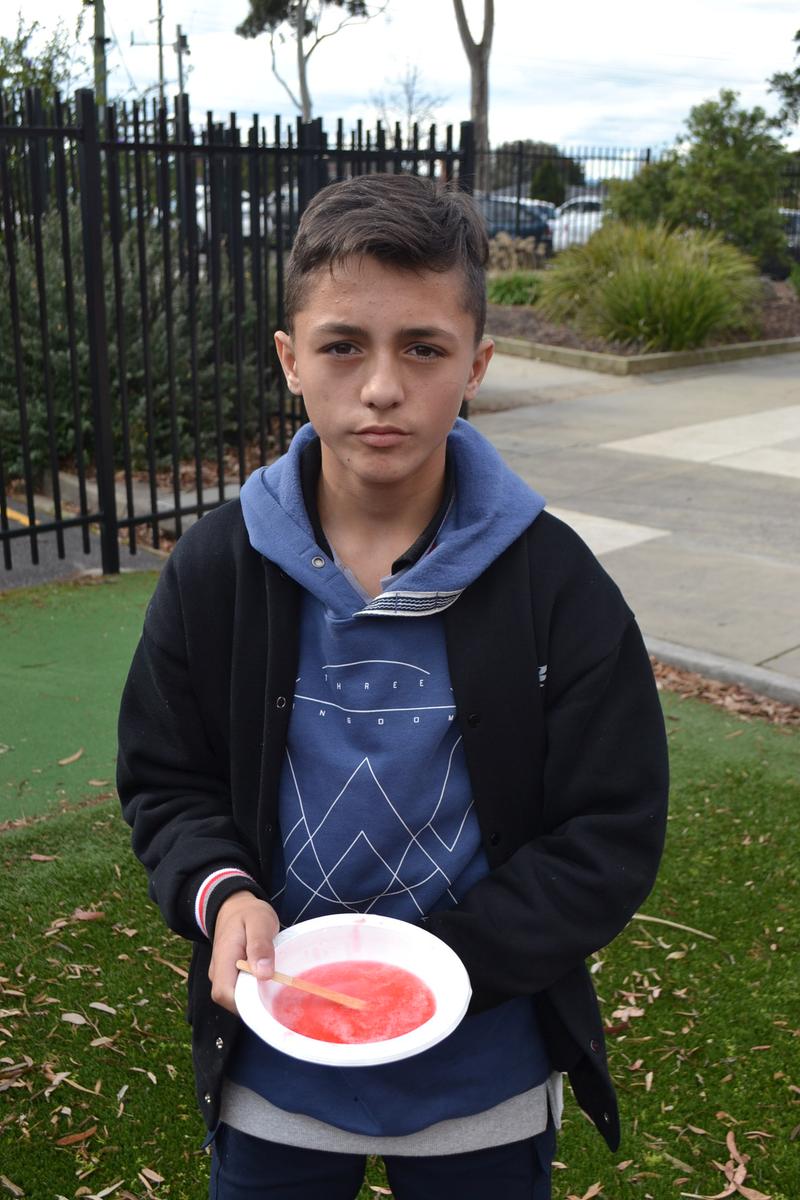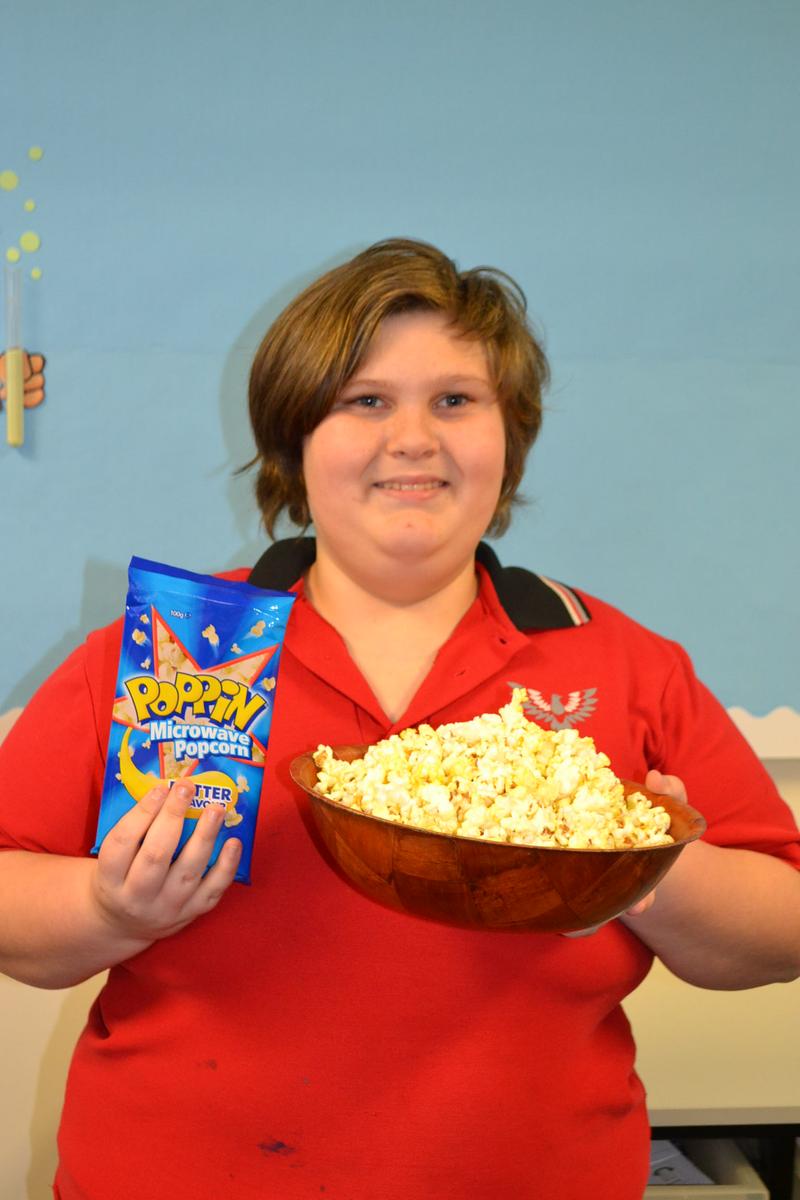Upper Primary Learning
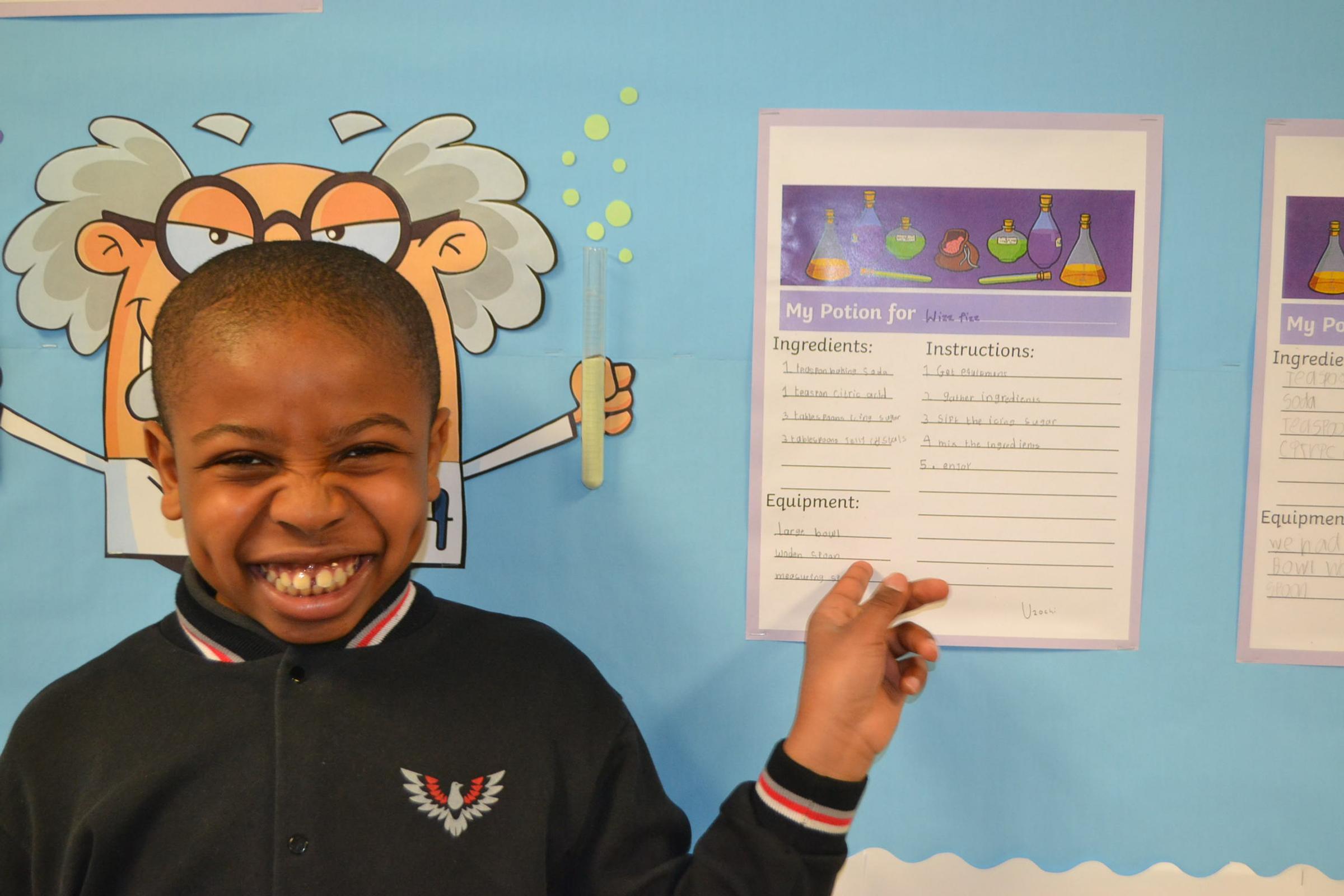
Welcome
Last week the students in Upper Primary participated in an incursion hosted by Bunnings. The students worked hard to make a gift for Father’s Day. We would like to extend our thanks to Bunnings Thomastown who ran the event.
English
Phonics and Word Knowledge has been the teaching focus for Reading and Viewing over the past 4 weeks. The students have continued to build on their knowledge of letter sounds relationships and apply this information to reading. The students have also worked on extending their sight word vocabulary through exposure to the Oxford Word Lists. Students’ access a level of phonics instruction based on assessments completed by the classroom teacher. Phonics focus for students in Upper Primary have included: initial sounds, cv words (eg/ it, is), cvc words (eg/ hat, cat), consonant digraphs (eg/ sh, th) and vowel digraphs (eg/ ai, ee).
Some of the activities students have engaged with include:
- Matching images of rhyming words
- Grouping images according to their initial sound/ final sound
- Counting the number of sounds in a word
- Blending sounds together to read simple words
- Using magnetic letters to build two and three letter words
- Blend banks – students say the words and write the initial blends in the box to complete the word
- Sight Word Flash Cards and Games
Next week the students will exploring decoding strategies. This focus will build on the students’ knowledge of phonics and word knowledge and support them to further apply this information to their reading program.
The focus for writing has moved to description. Descriptive writing includes many vivid sensory details that paint a picture and appeals to the reader's sense of sight, hearing, touch, smell and taste. Students have worked through the brainstorming and pre-writing phase. They have used the Integrated Unit ‘Spot the difference’ experiences as the basis for descriptive writing. Classes are continuing to build a word bank of interesting words (adjectives) that they can use to describe their subject. Students have utilised graphic organisers to develop a first draft. In the coming weeks the focus will move onto revising, editing and publishing the students writing samples.
Mathematics
The focus for Number and Algebra is multiplication and division. This week classes have focussed on sharing items equally. The text ‘When the doorbell rang’ facilitated discussion on what happens when a group of objects is divided. Classes explored what happens to a collection as it is shared amongst an increasing number of people and recorded their findings in the class maths journal. The students particularly enjoyed acting out the story and manipulating items to ensure that everyone had a fair share.
Length is the new focus for Measurement and Geometry. Students are currently working on building their understanding and use of measurement language (short/ long, shortest/longest) and informal and formal measurement. Students have participated in a variety of activities including:
- Measuring items against each other to determine which is long/short
- Sequencing objects according to length
- Measuring their footprint using informal units (eg/ paper clips, unifix blocks)
- Measuring items from around the room using different informal units
- Measuring items with a ruler to determine the length in centimetres
Students will continue to build on their knowledge in the coming weeks.
Social Competencies
This week in Social Comp we’ve started our Drug Education unit! Over the next 4 weeks, Upper Primary will be exploring medicines and feeling of sickness. We will cover what medicine does, how it gets into our body, who can administer medicine and how to be safe.
To start, we’ve looked at medicines and non-medicines. The kids all chose a prop and one-by-one decided if it was a medicine or not. We also discussed how sometimes things might look like medicine when they aren’t and we read some package labels to familiarise ourselves with instructions and warnings.
Integrated Unit
Students in PSP have explored the MILE room in the Discovery Centre. They have spoken about the changes in our environment and looked at ‘weather’. Students had the opportunity to dress up in a variety of outfits to suit the different seasons.
PMB has looked at the change that happens when dry pasta is added to very hot water. The students looked at different things they could do with uncooked and cooked pasta. They have also explored the change that happens when heat and chocolate are combined.
Over the past two weeks PDJ we made ‘wizz fizz’ to see what happened when you mixed the dry ingredients with moisture i.e. when you tasted it on your tongue. It caused a ‘chemical reaction’. The students have also investigated the changes that occur when a candle is lit. What happens when heat is applied? Does the candle go back to its original state?
PDJ conducted an experiment to see the ‘physical change’ when icy-poles melted in the sun. They timed how long it took to melt and then how long it took to freeze again. This was a ‘reversible’ change. PJT also carried out this experiment.
PKO and PJT looked at chocolate. They noted that it starts as a solid and is smooth and hard. It is also crunchy when you eat it. When they added their own body heat from their hands, the chocolate melted. They noted that it was now a liquid, which felt sticky and slimy.
PKO also looked at uncooked spaghetti and observed it to be brittle, straight and hard. They then looked at spaghetti that had been cooked and cooled and remarked how it was flexible, looked like worms and was soft.
The students in PJF explored the properties of cooked and uncooked spaghetti and how those properties change when boiled. They used words such as hard, soft, brittle, sticky, bendy and solid to describe the spaghetti. We built a tower out of uncooked spaghetti and marshmallows and are looking forward to making pictures with cooked spaghetti.
Students in PCS have been using their 5 senses to describe the stages of change chocolate and popcorn goes through when heated and then cooled. In the Discovery Centre they used the heat of our hands to melt chocolate buds and watched popcorn kernels pop in the popcorn maker. They then discussed what the chocolate and popcorn looked, smelt, tasted, felt and sounded like after it had cooled.
Focus on Fun
Footsteps are a great tool to use to measure length. Map out a few trails for your child to follow. Have them count how many steps long the different trails are. Make sure when measuring your child uses heel to toe (no gaps in between). Discuss which trail was longer/shorter.
Chris Norman - Upper Primary Team Leader
Kirsten Coulter - Teaching and Learning Coordinator
